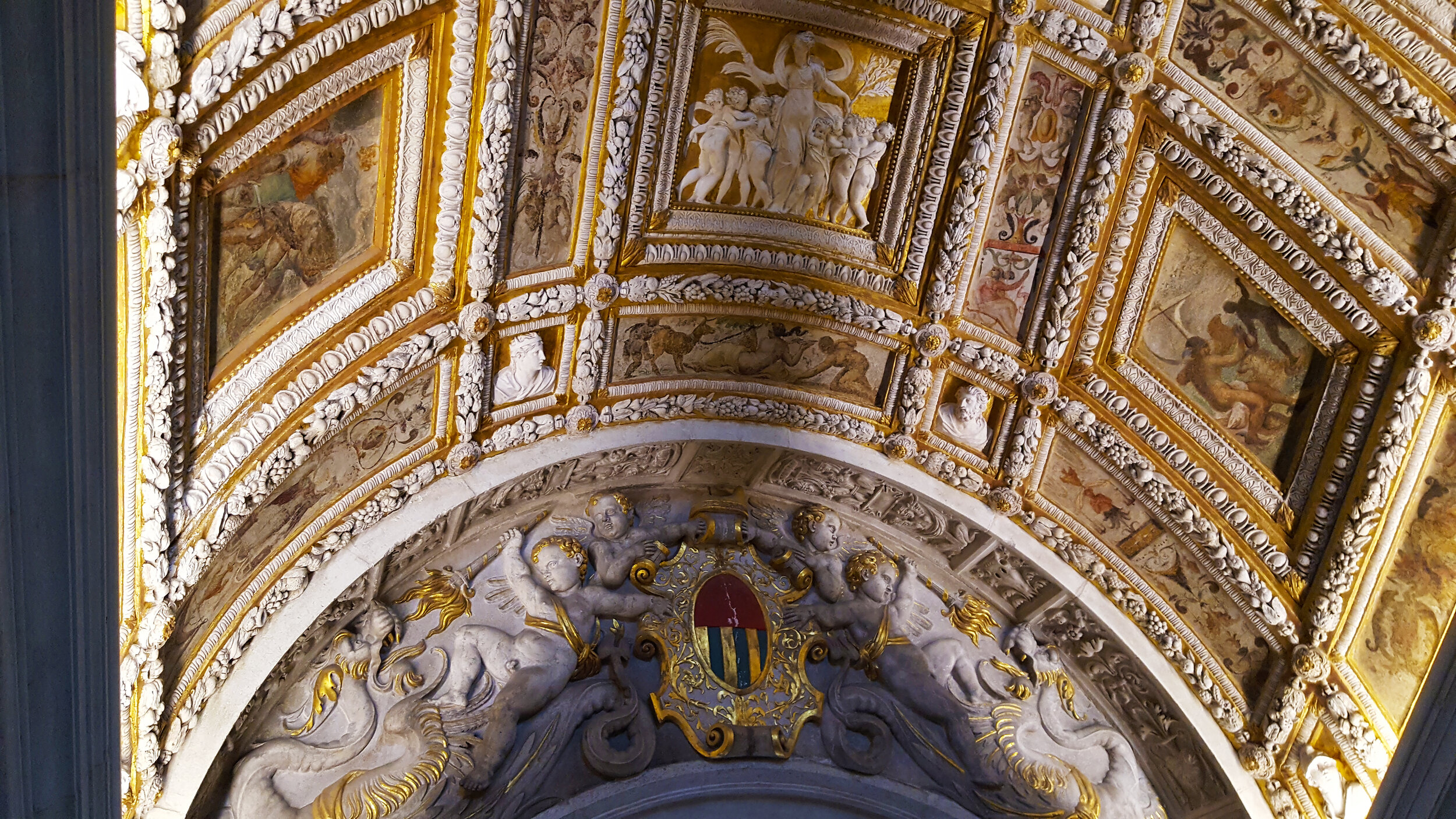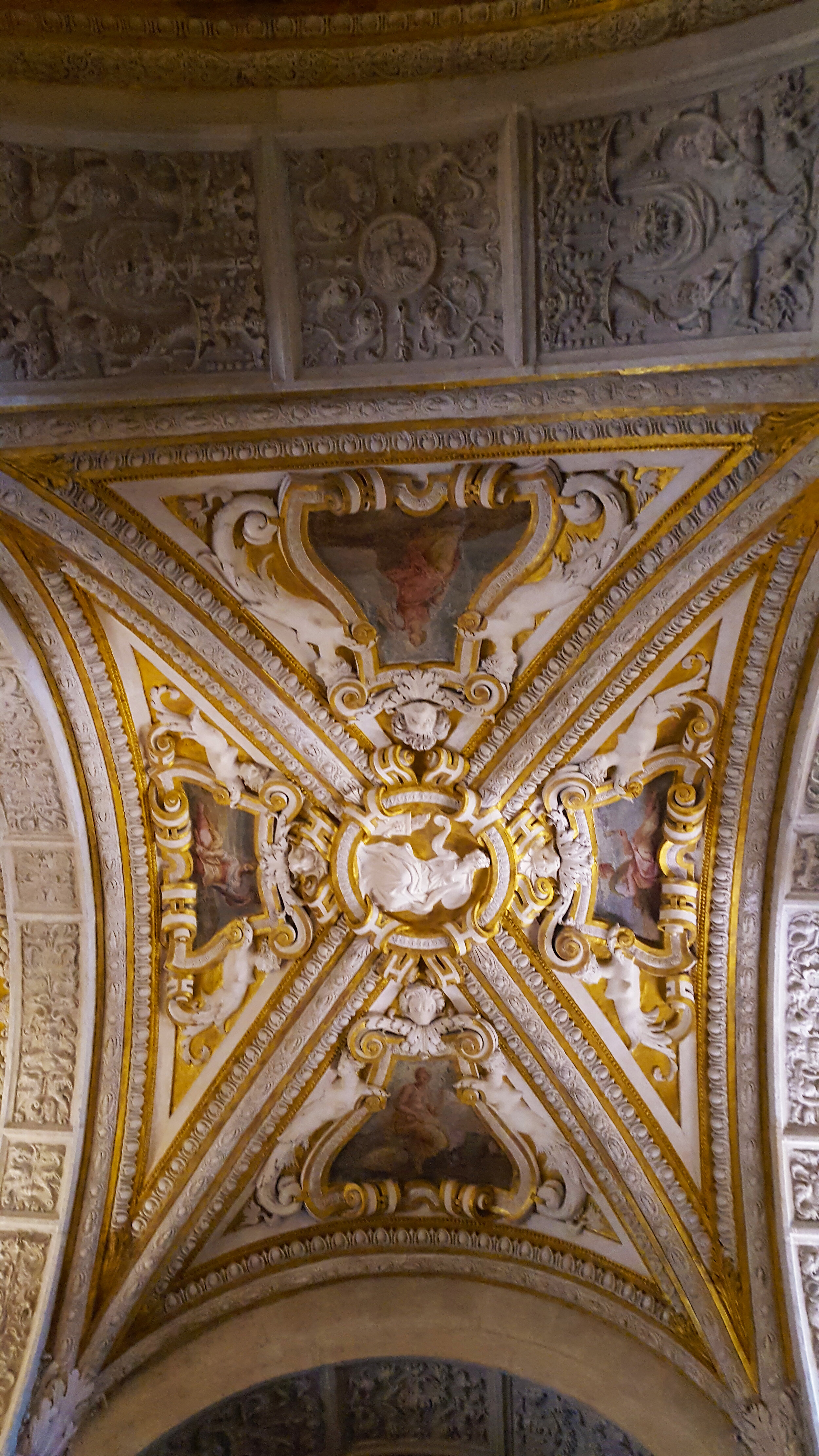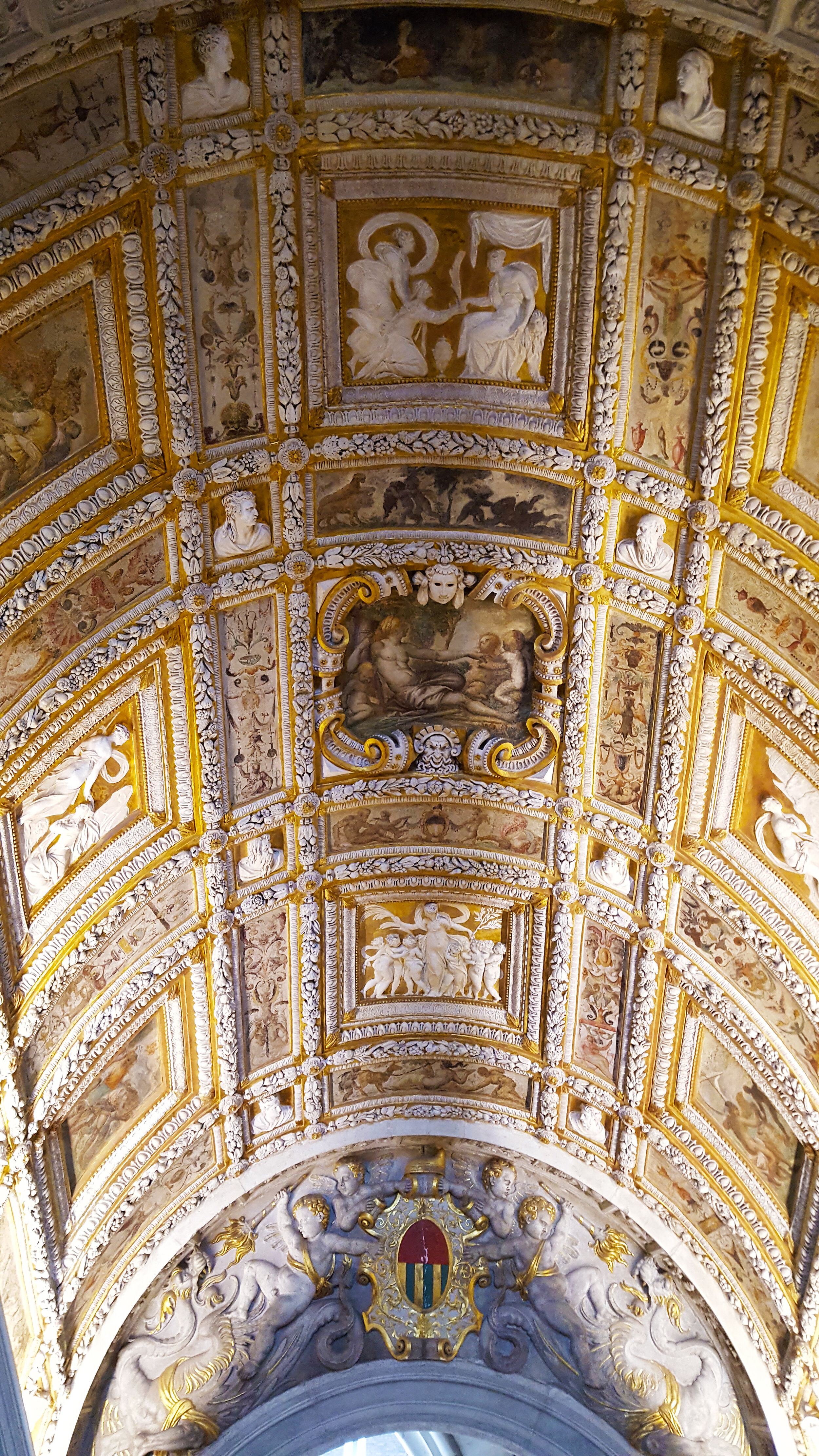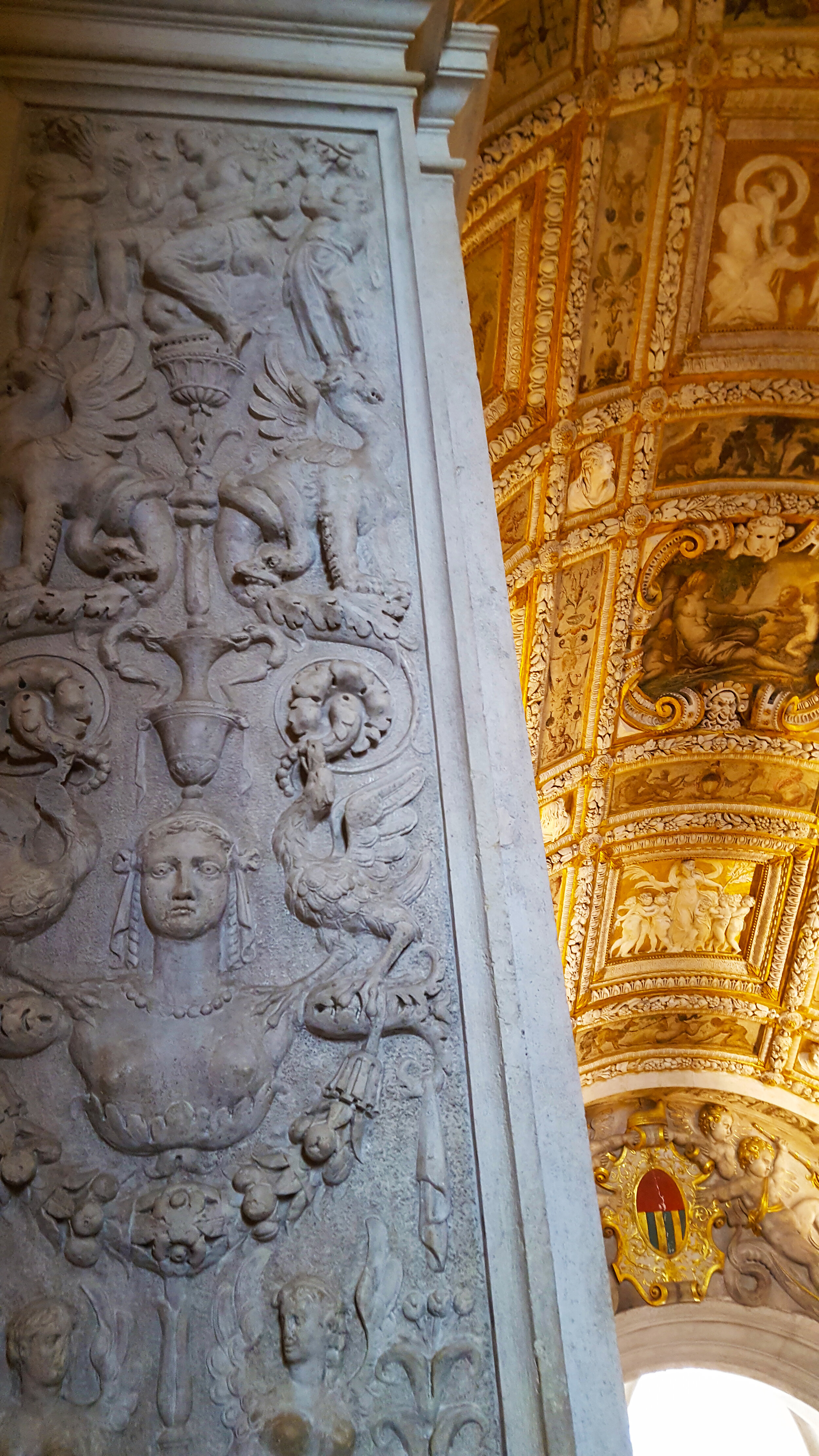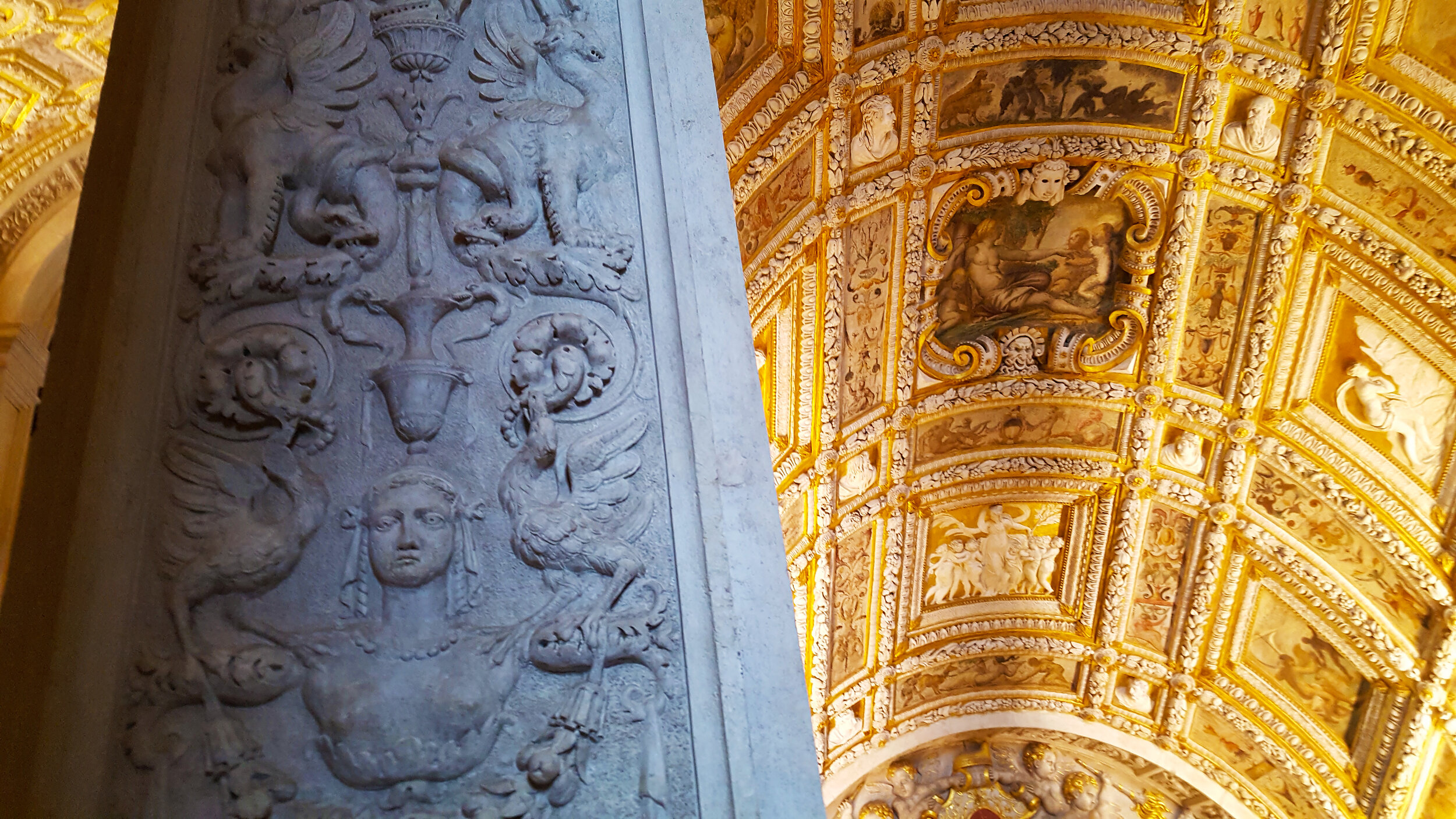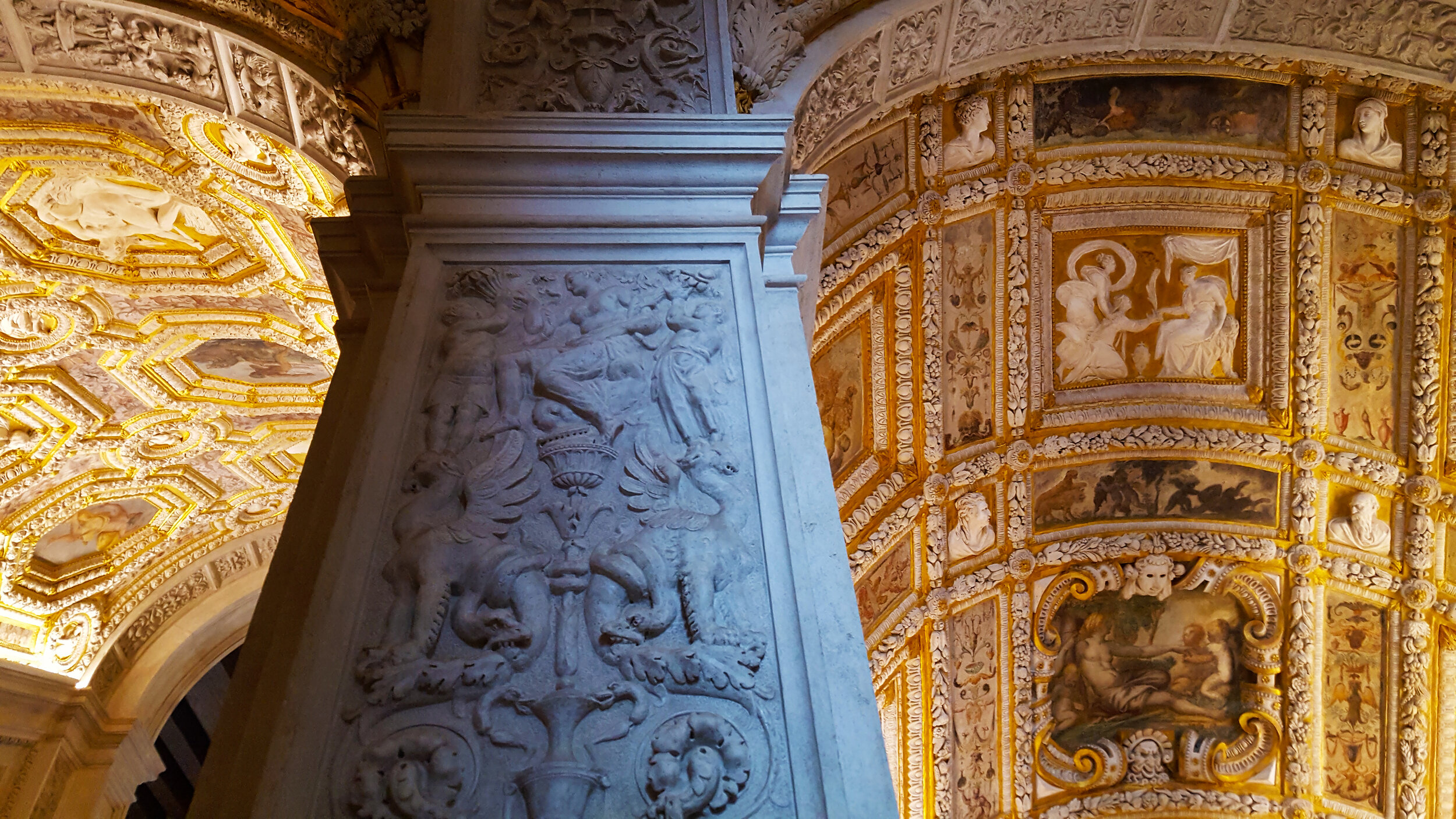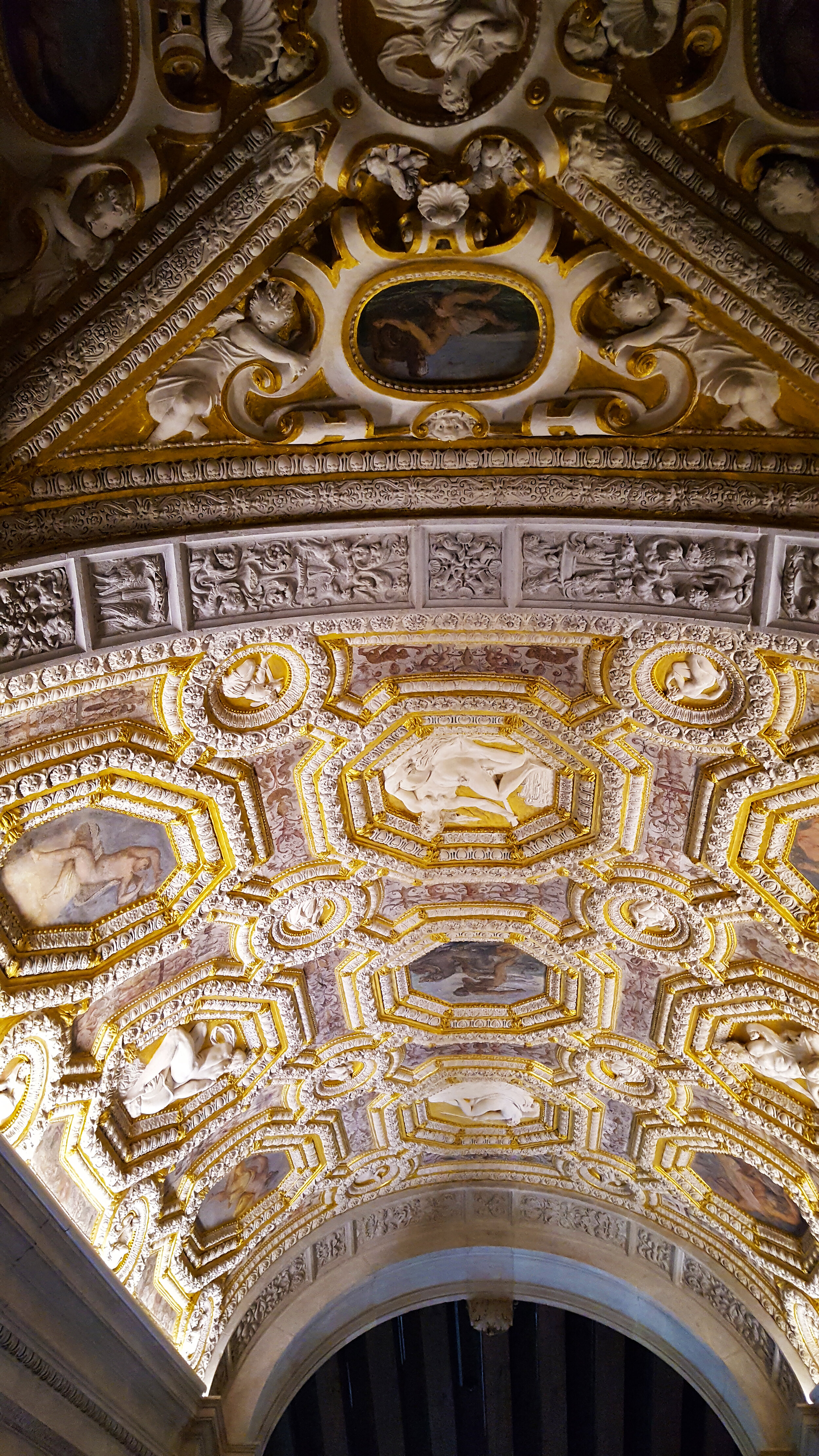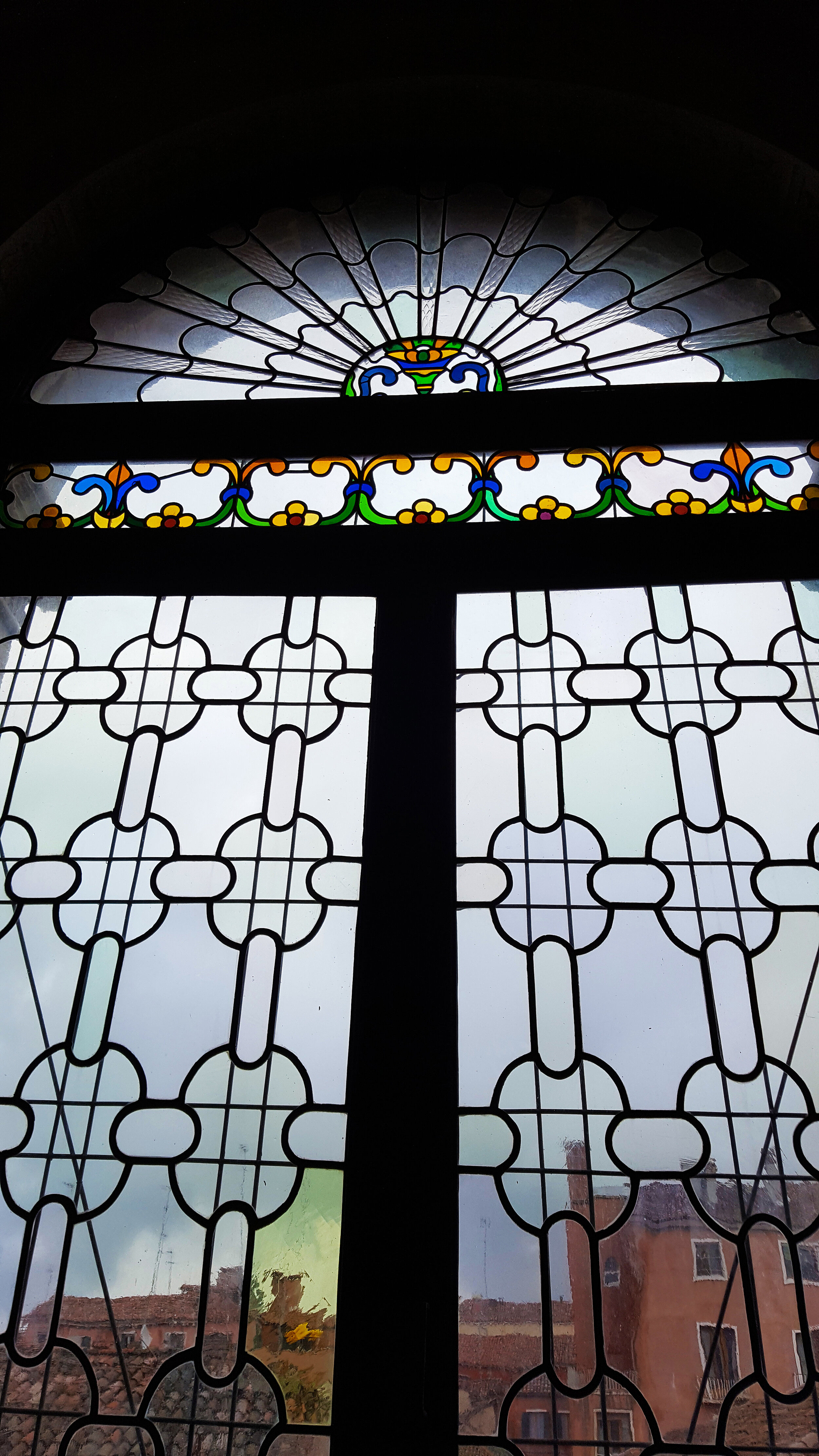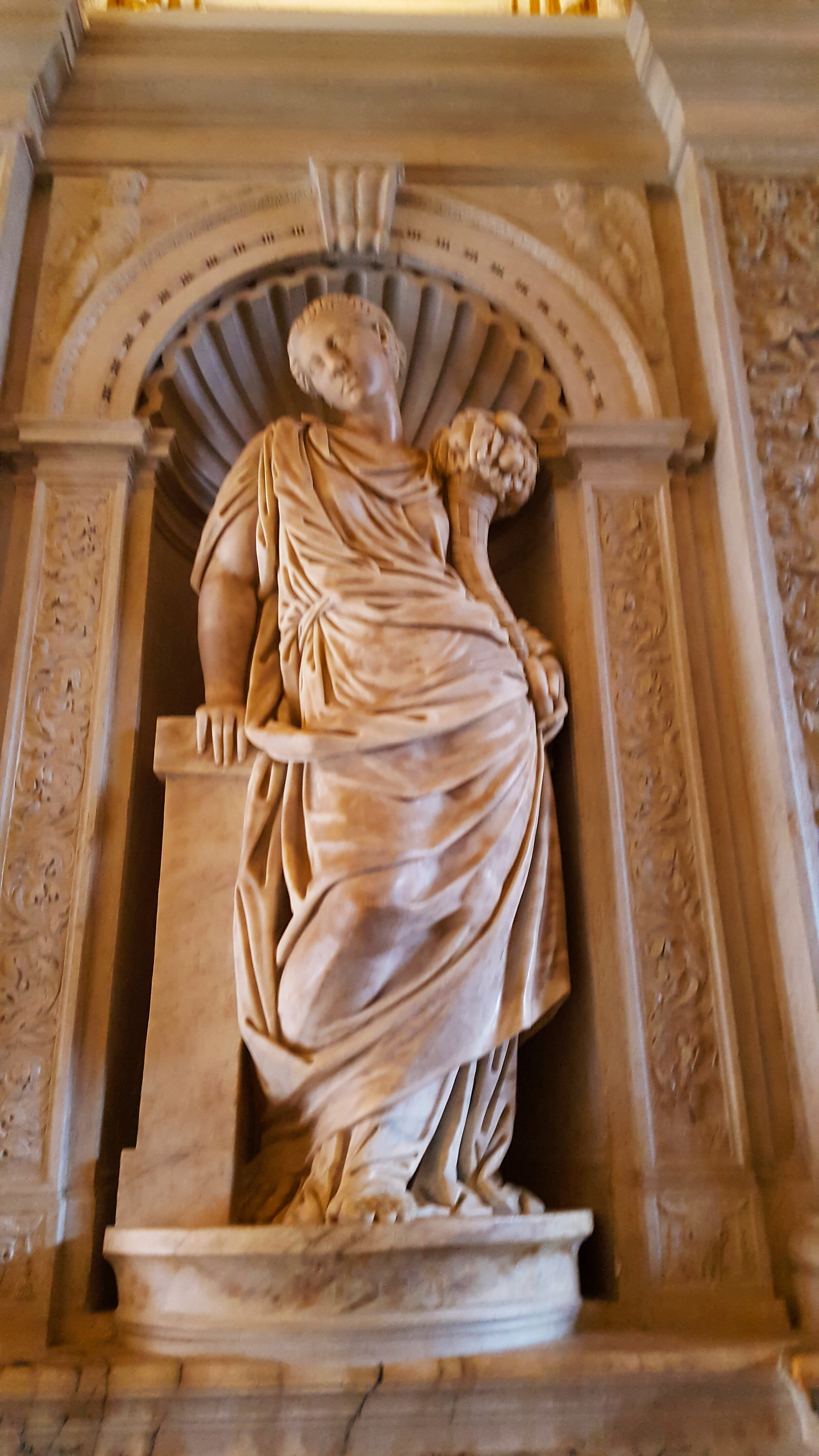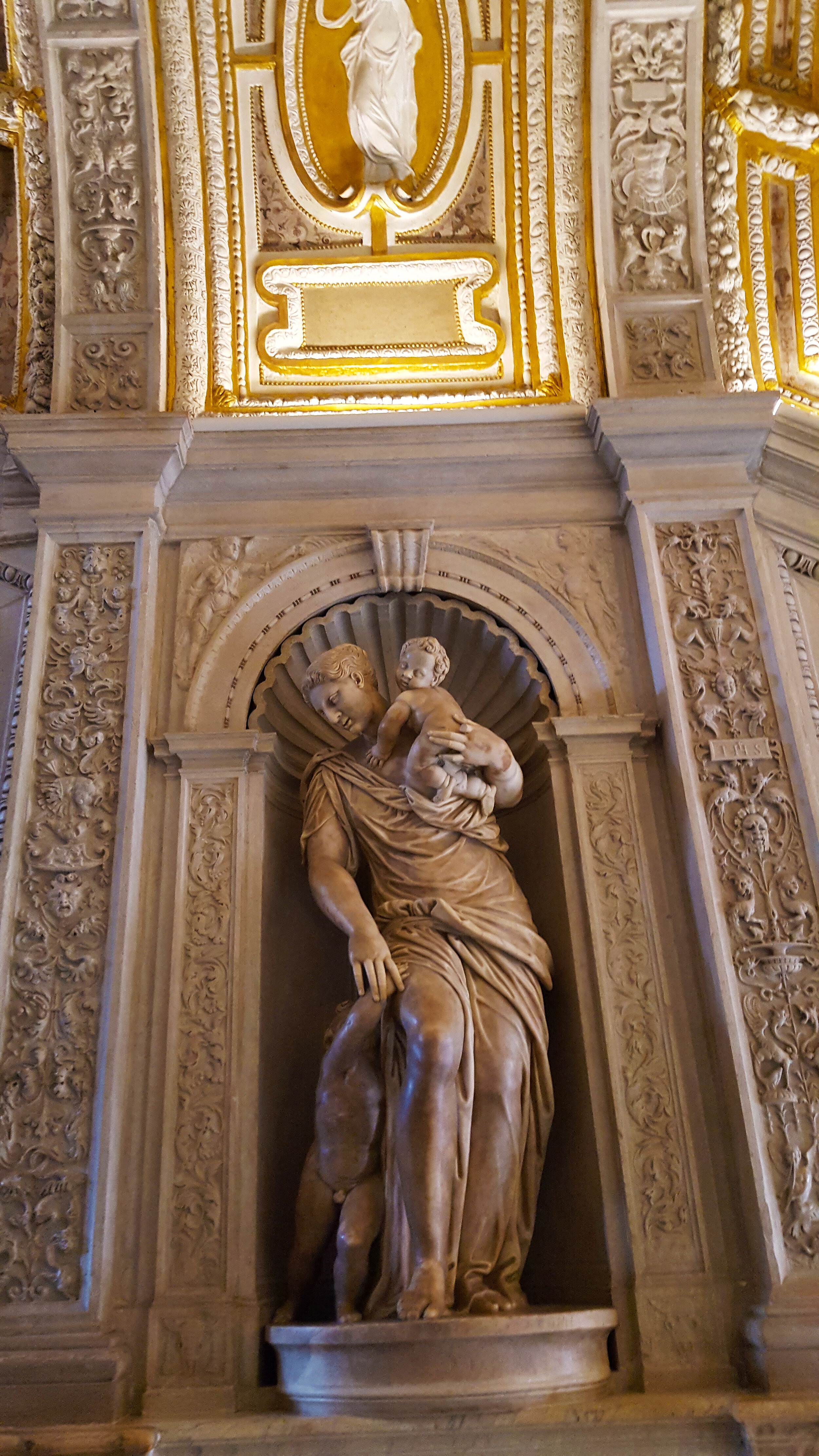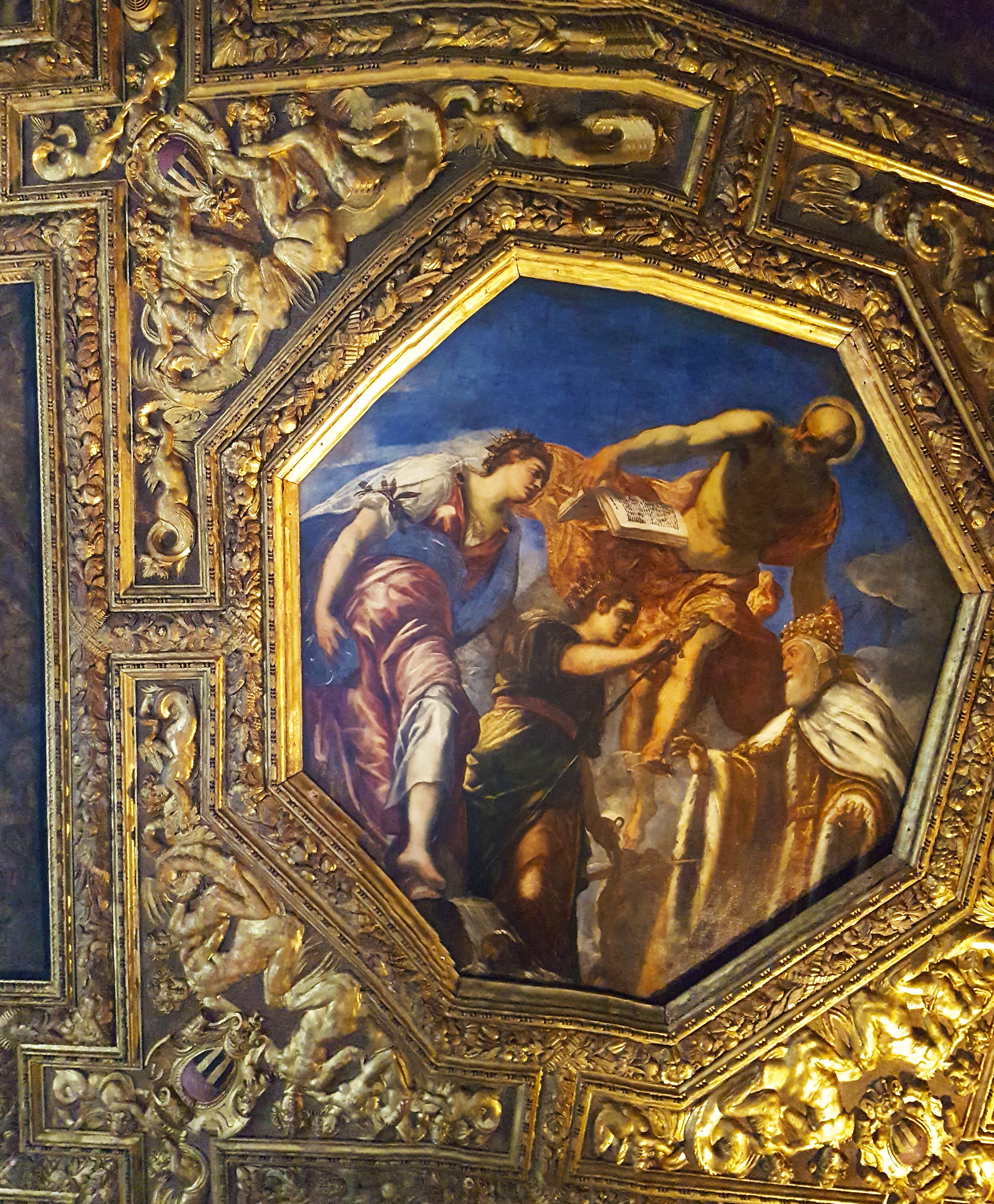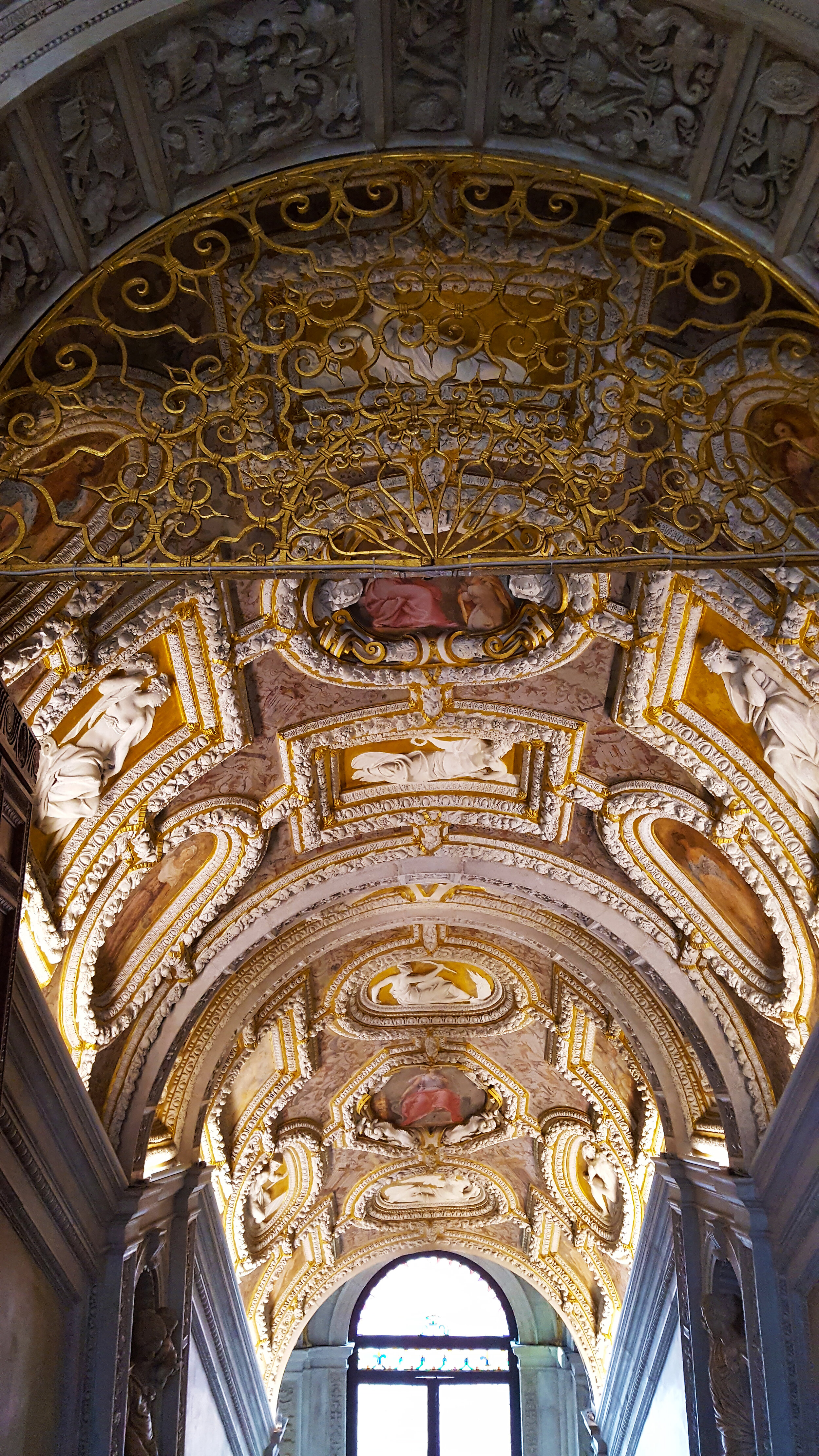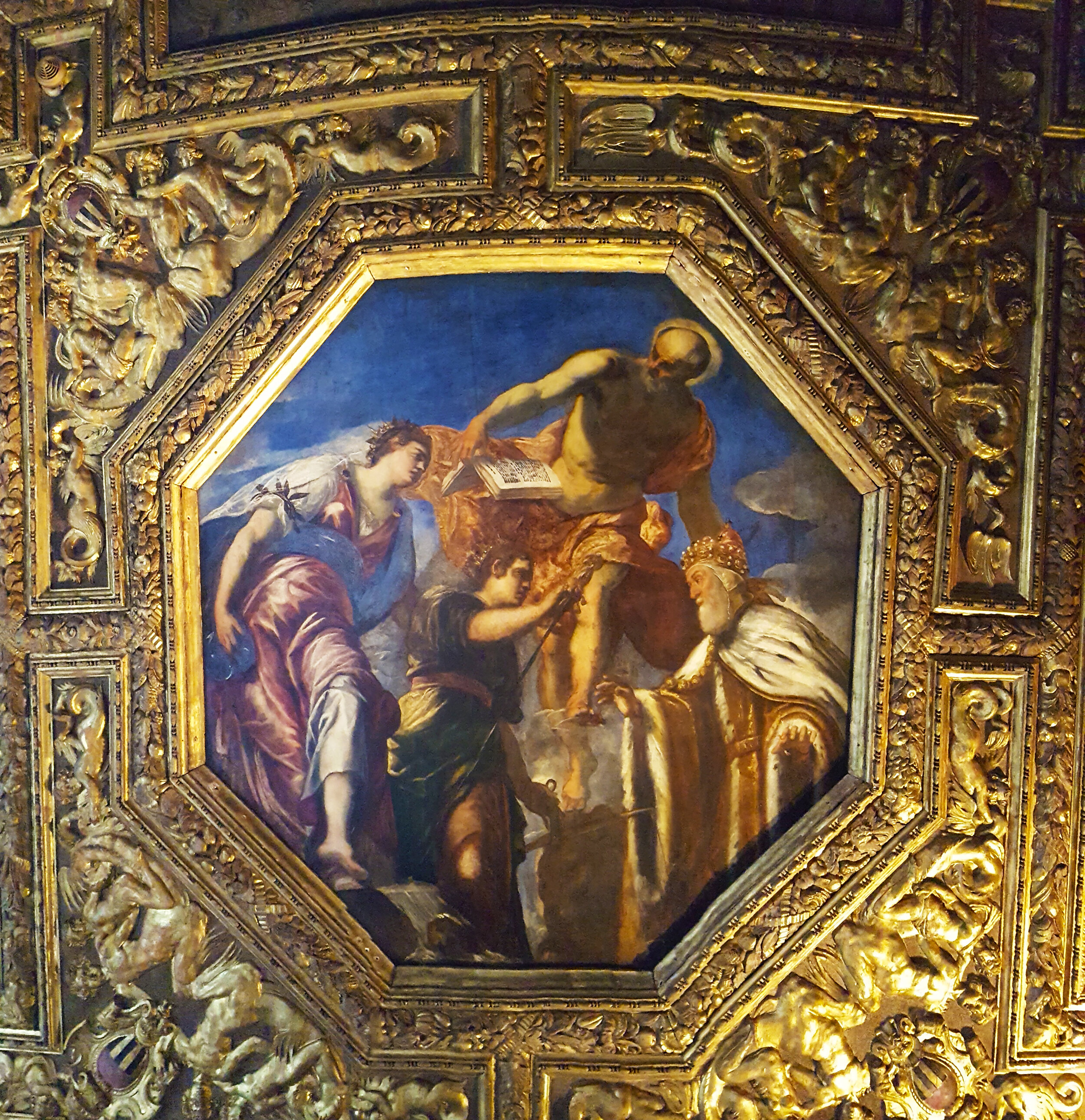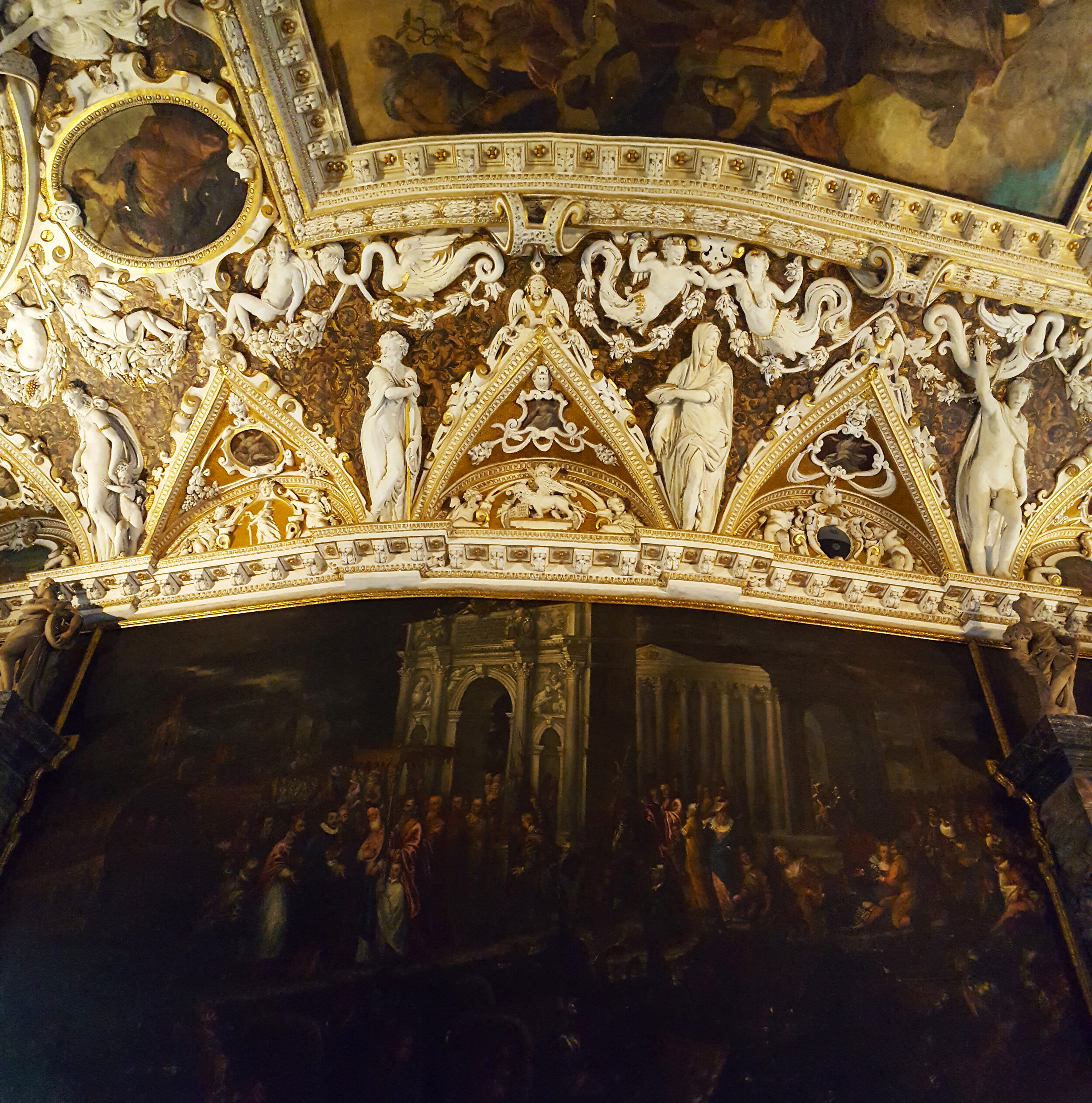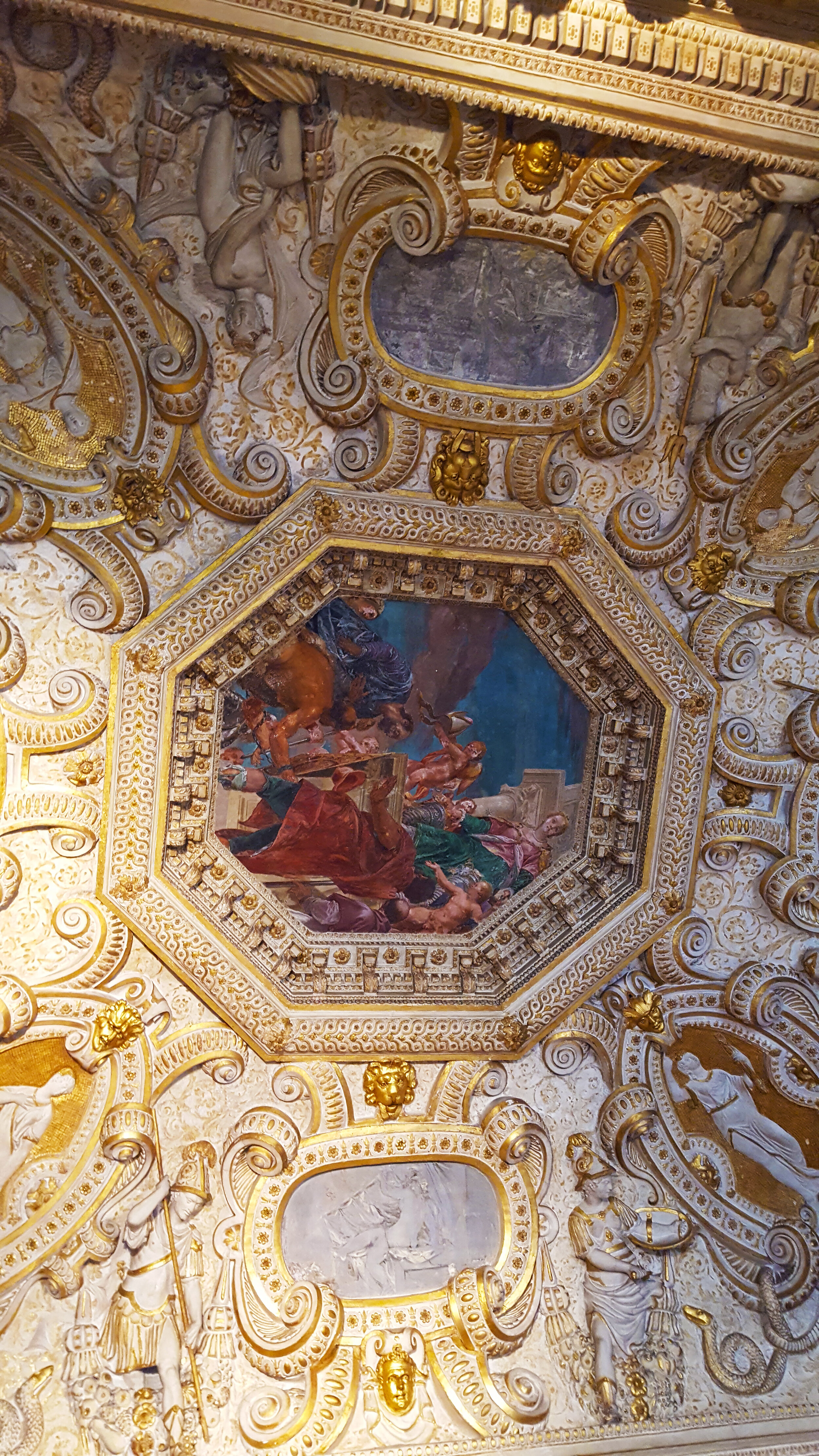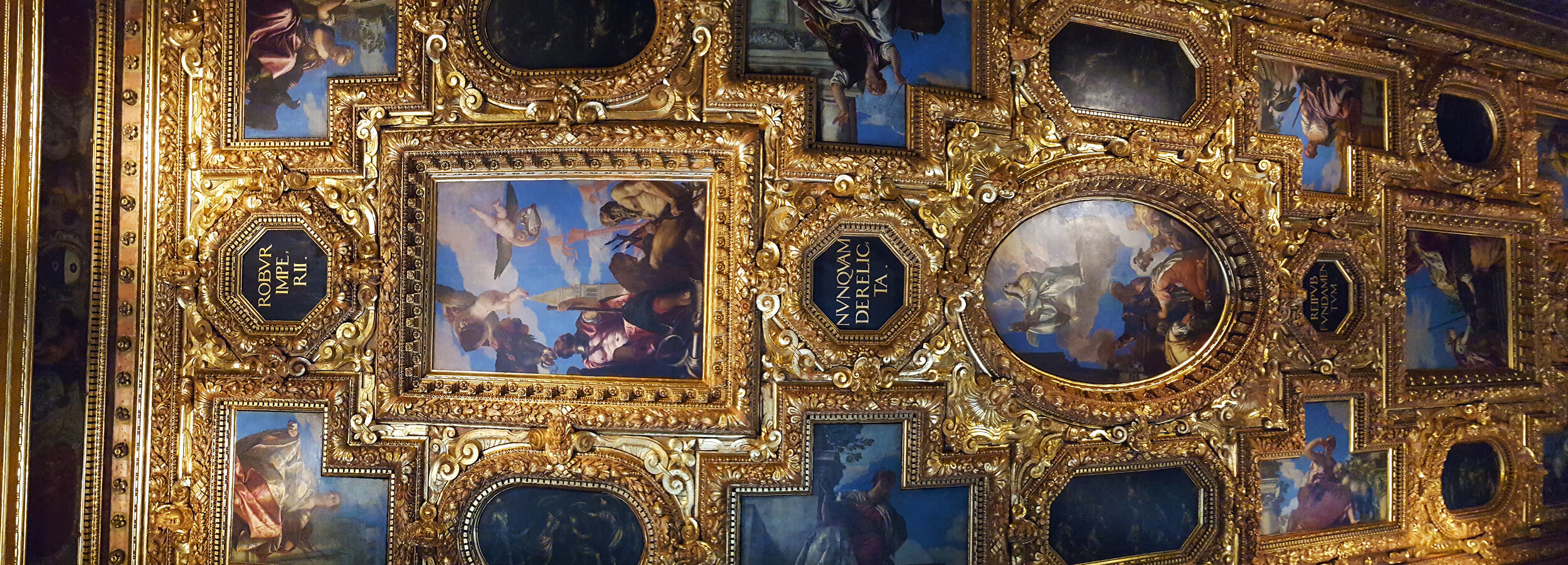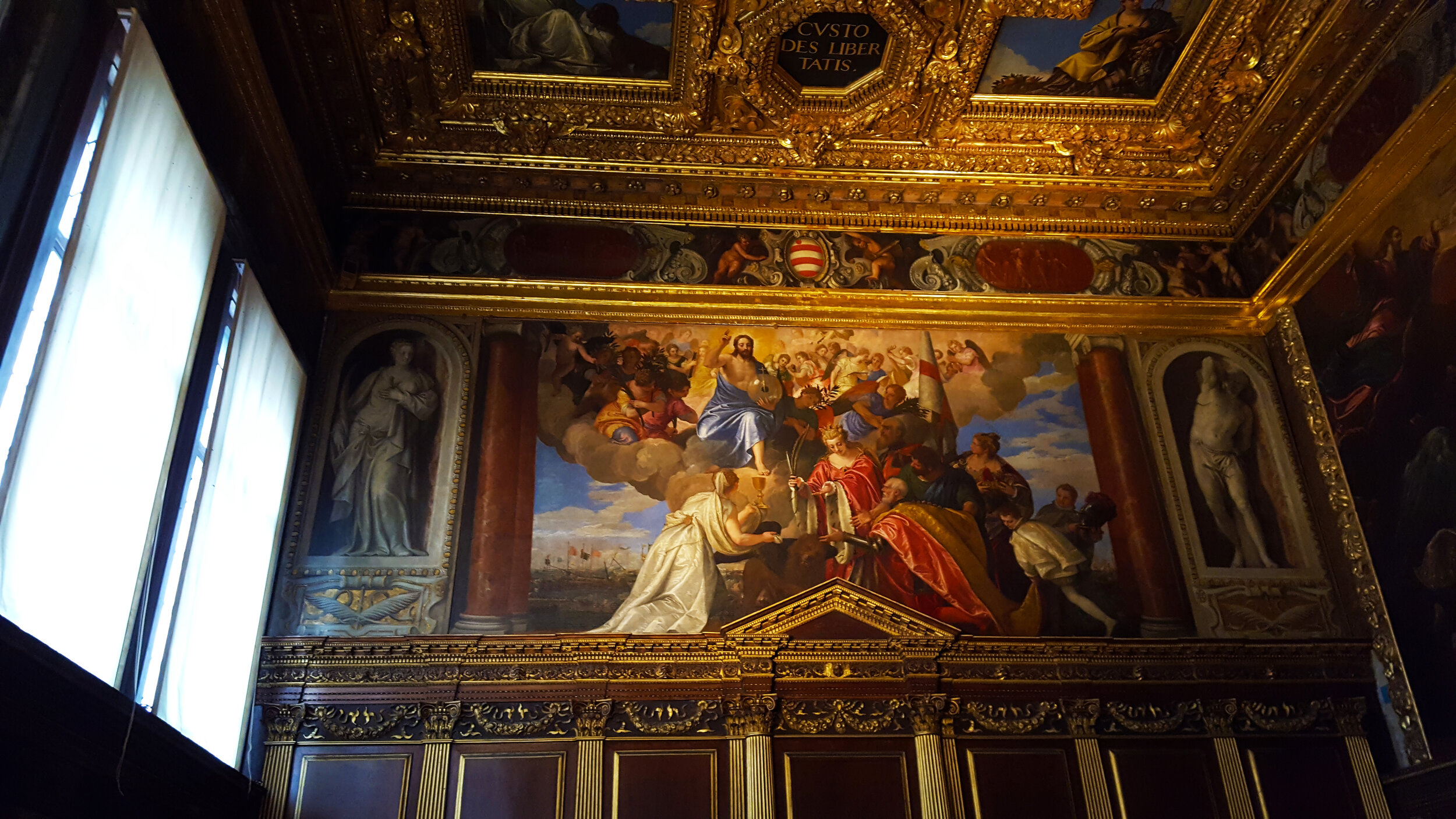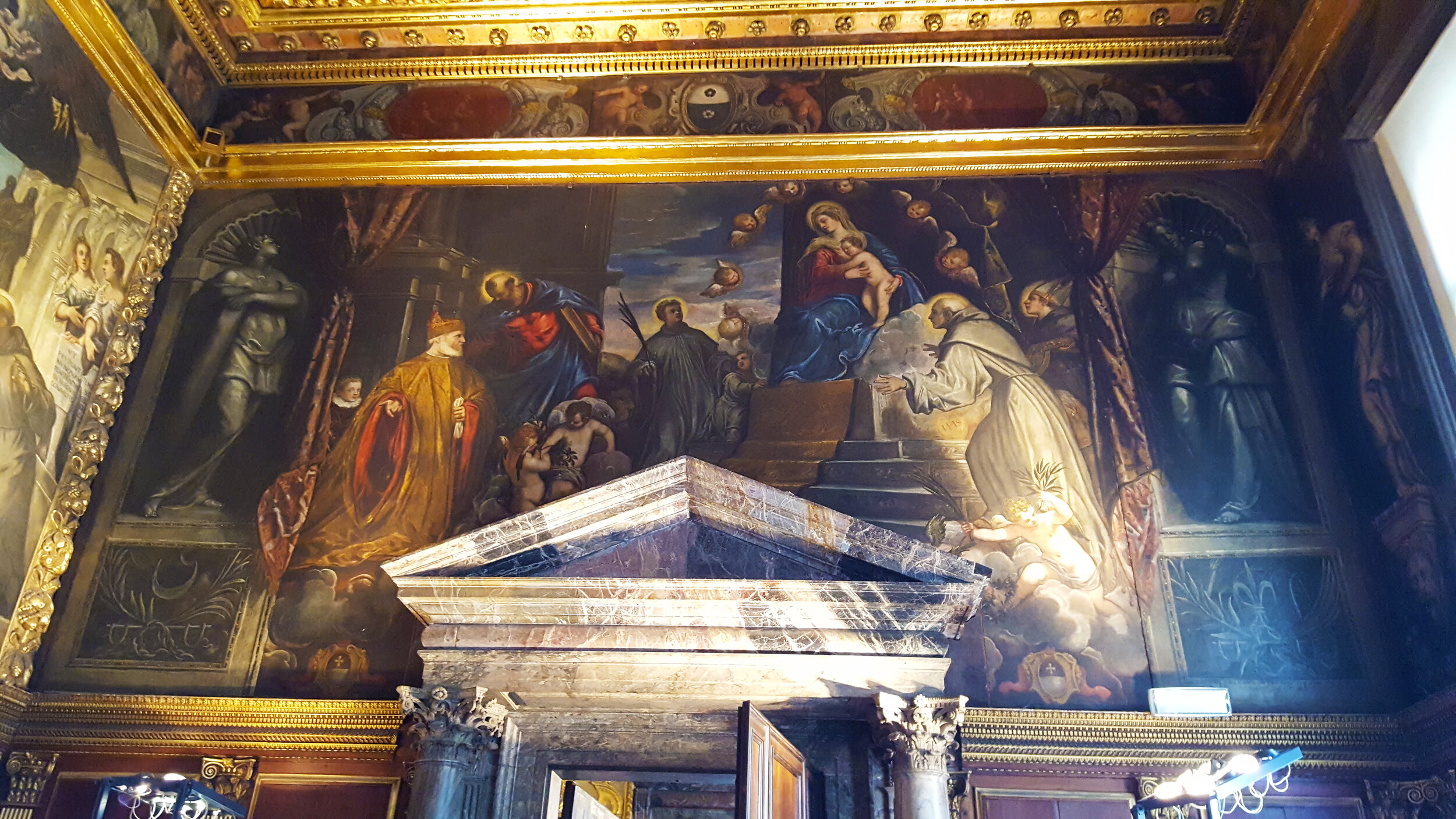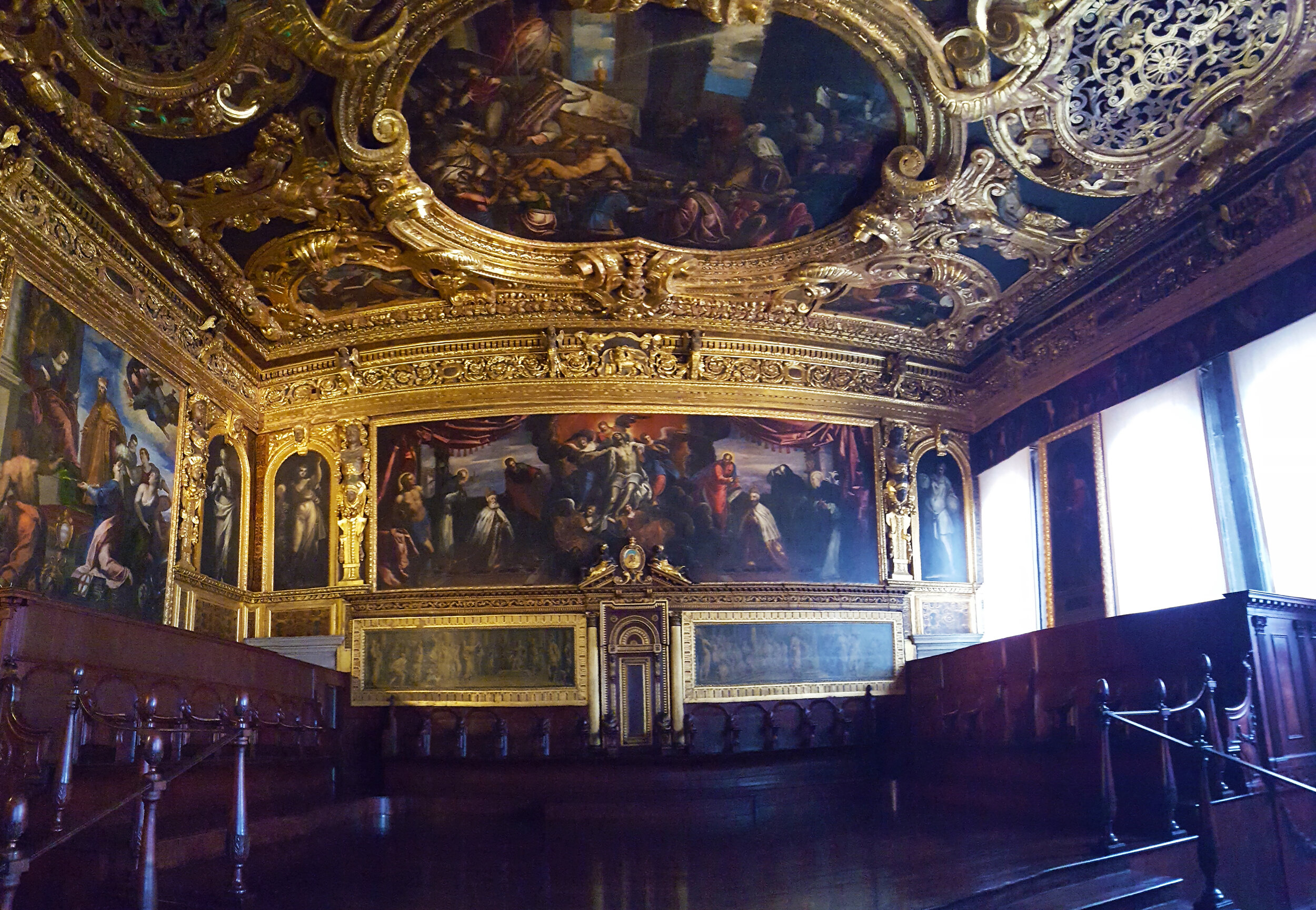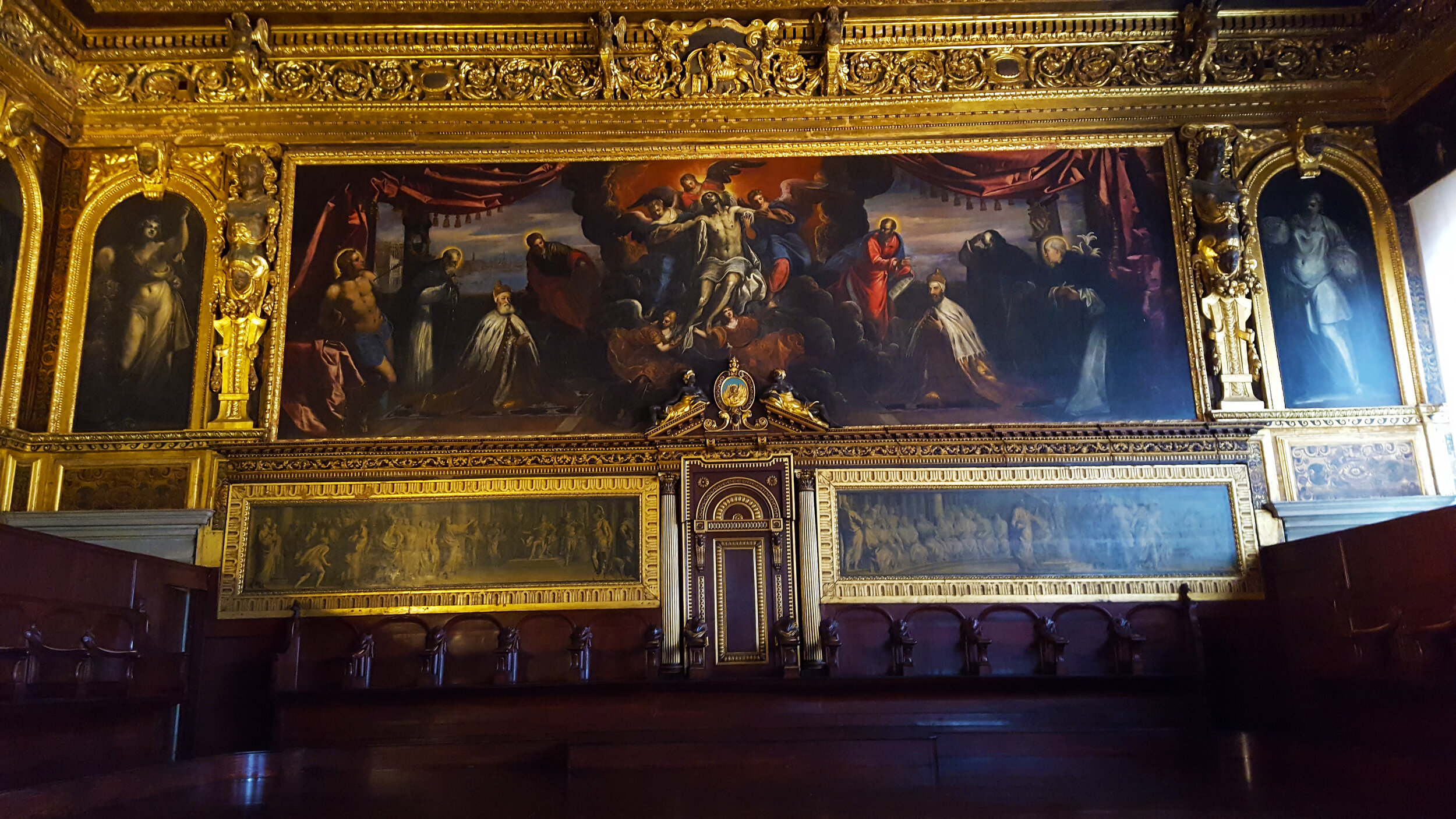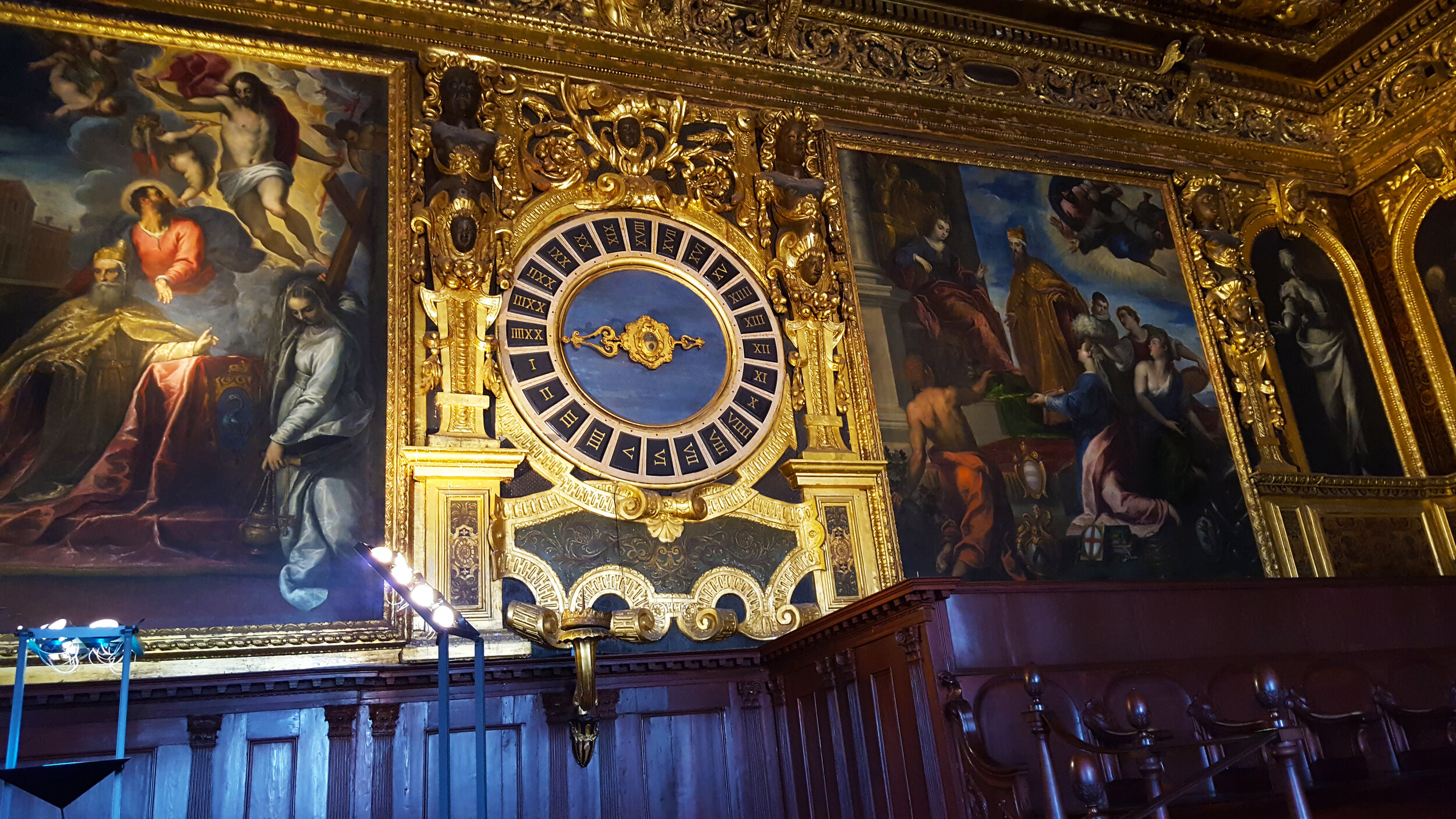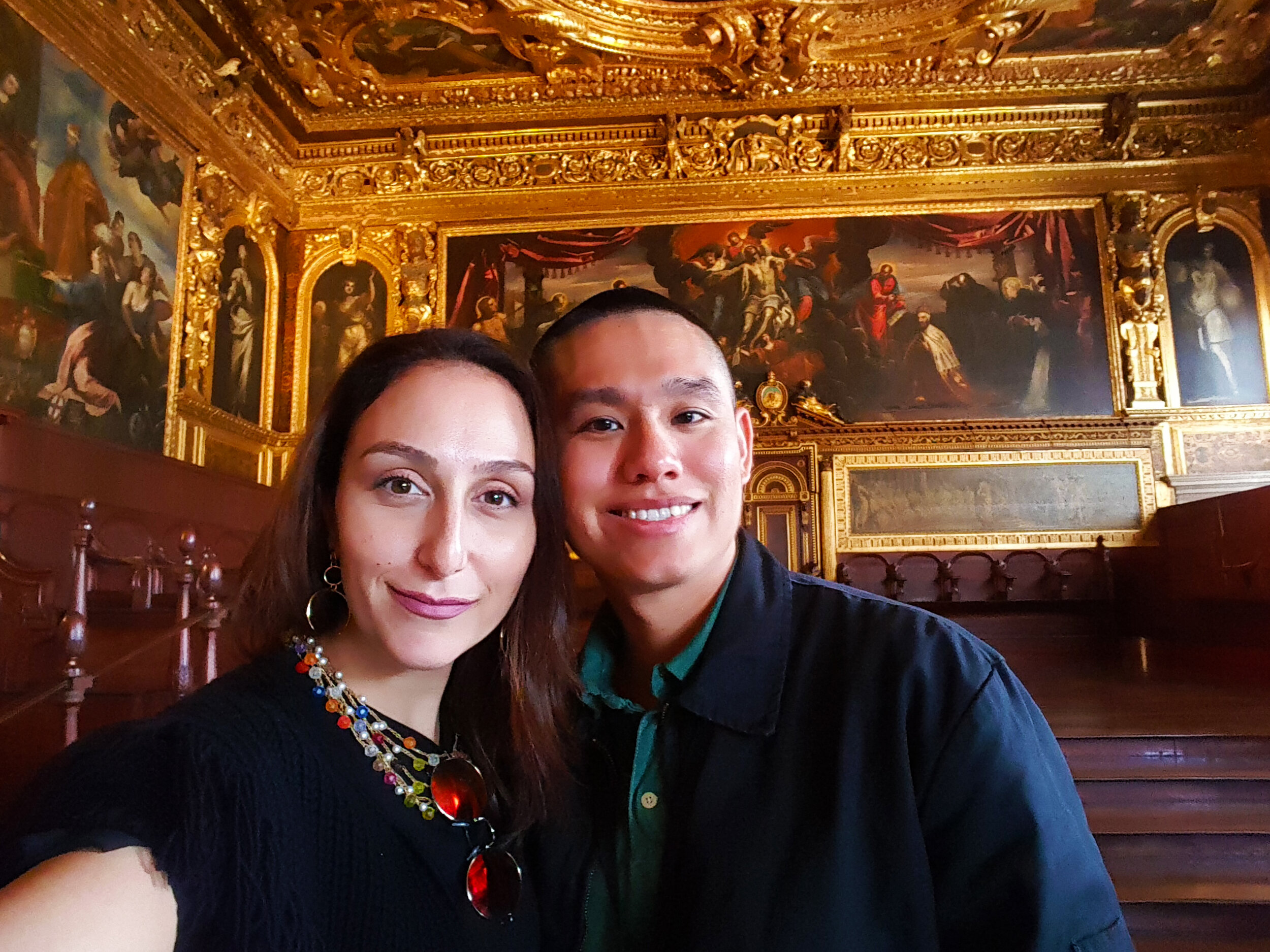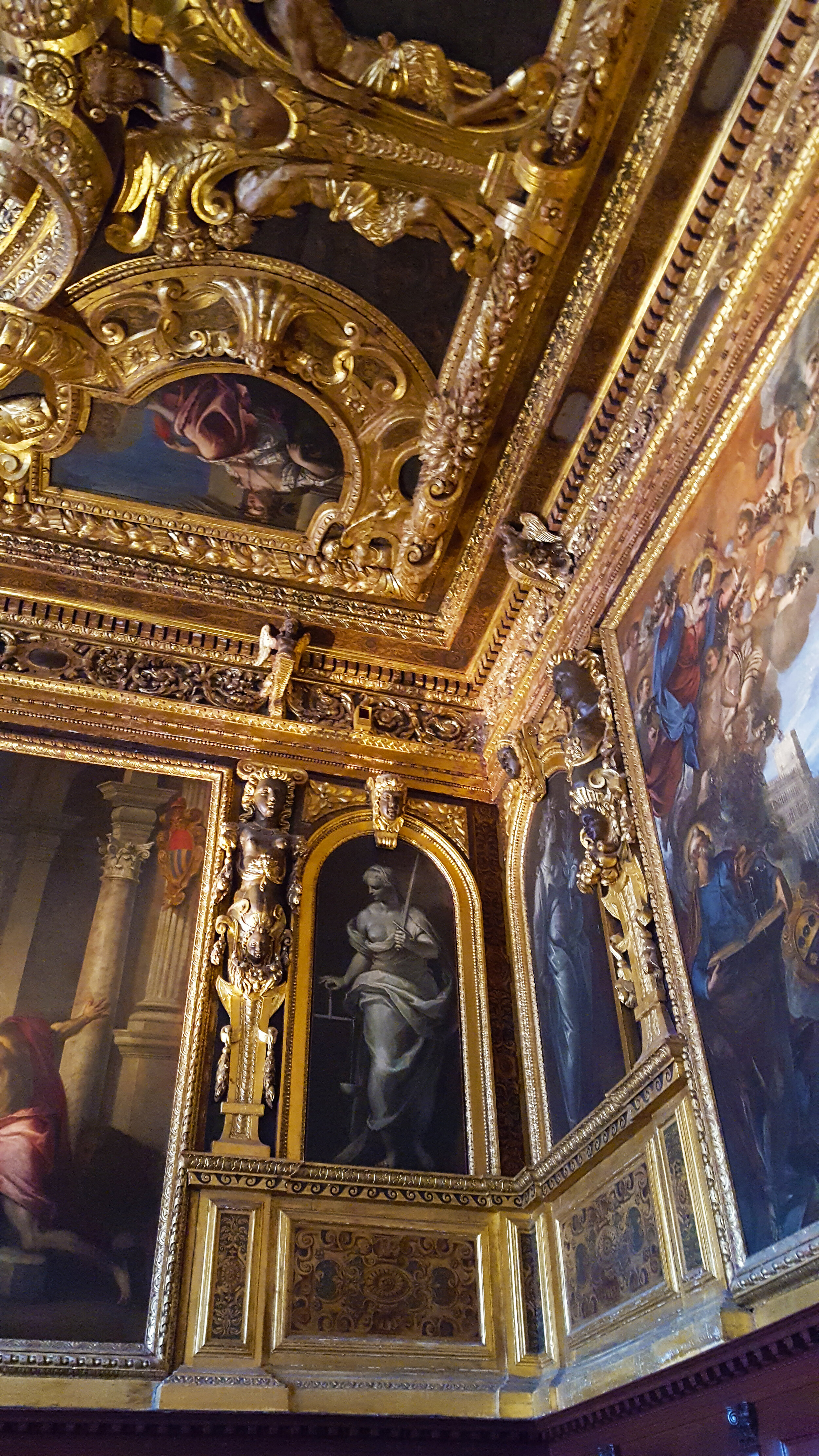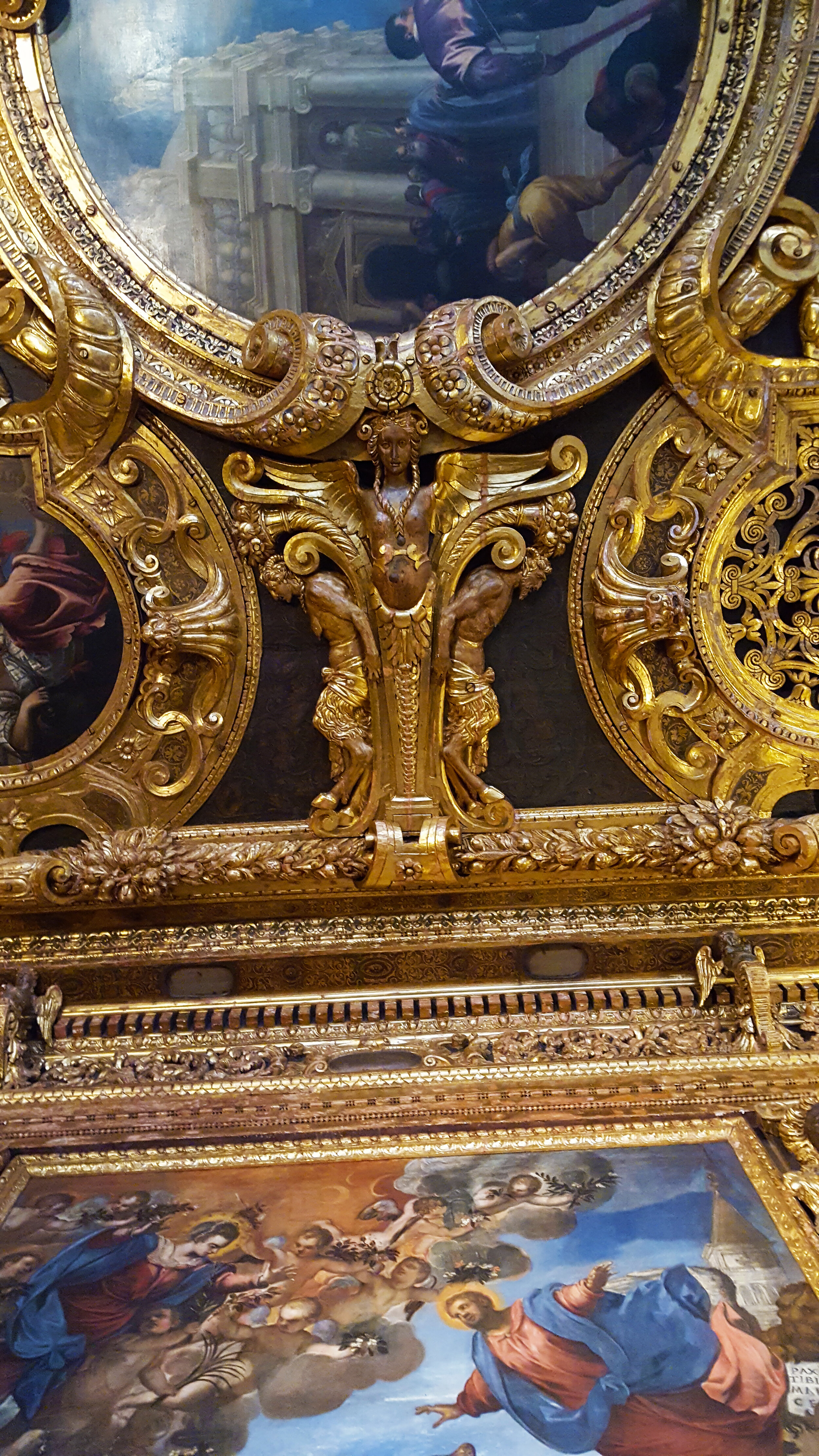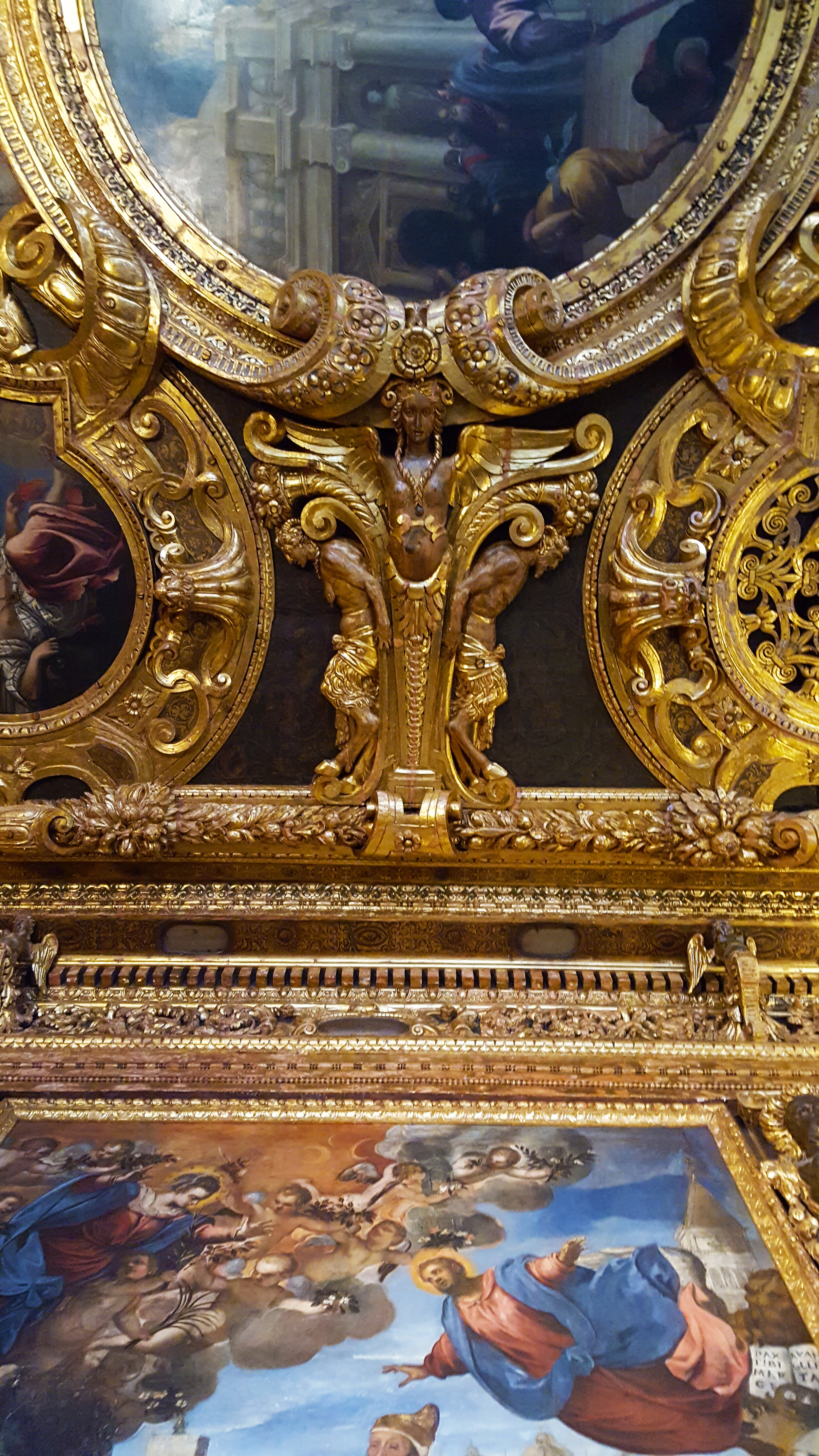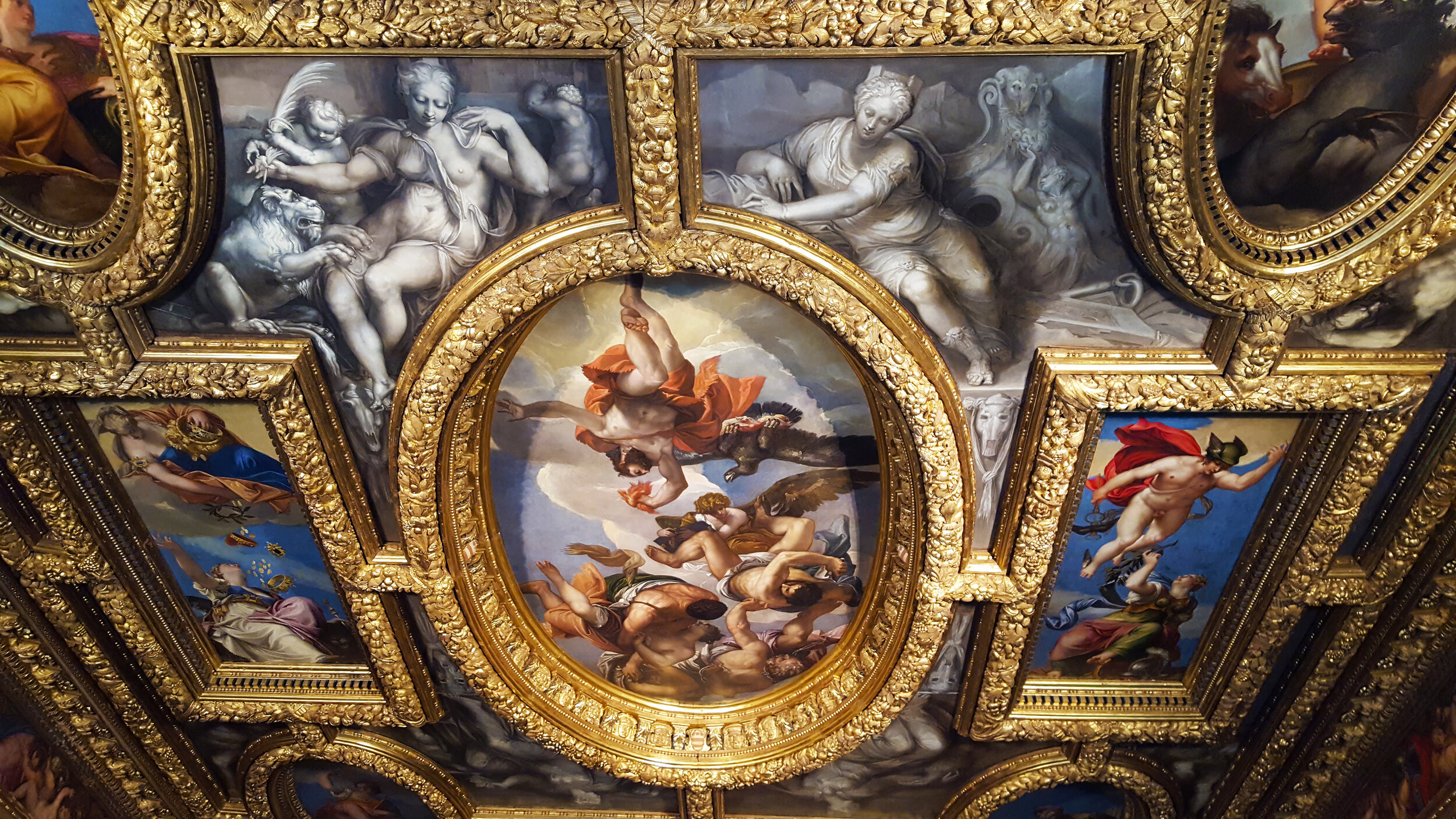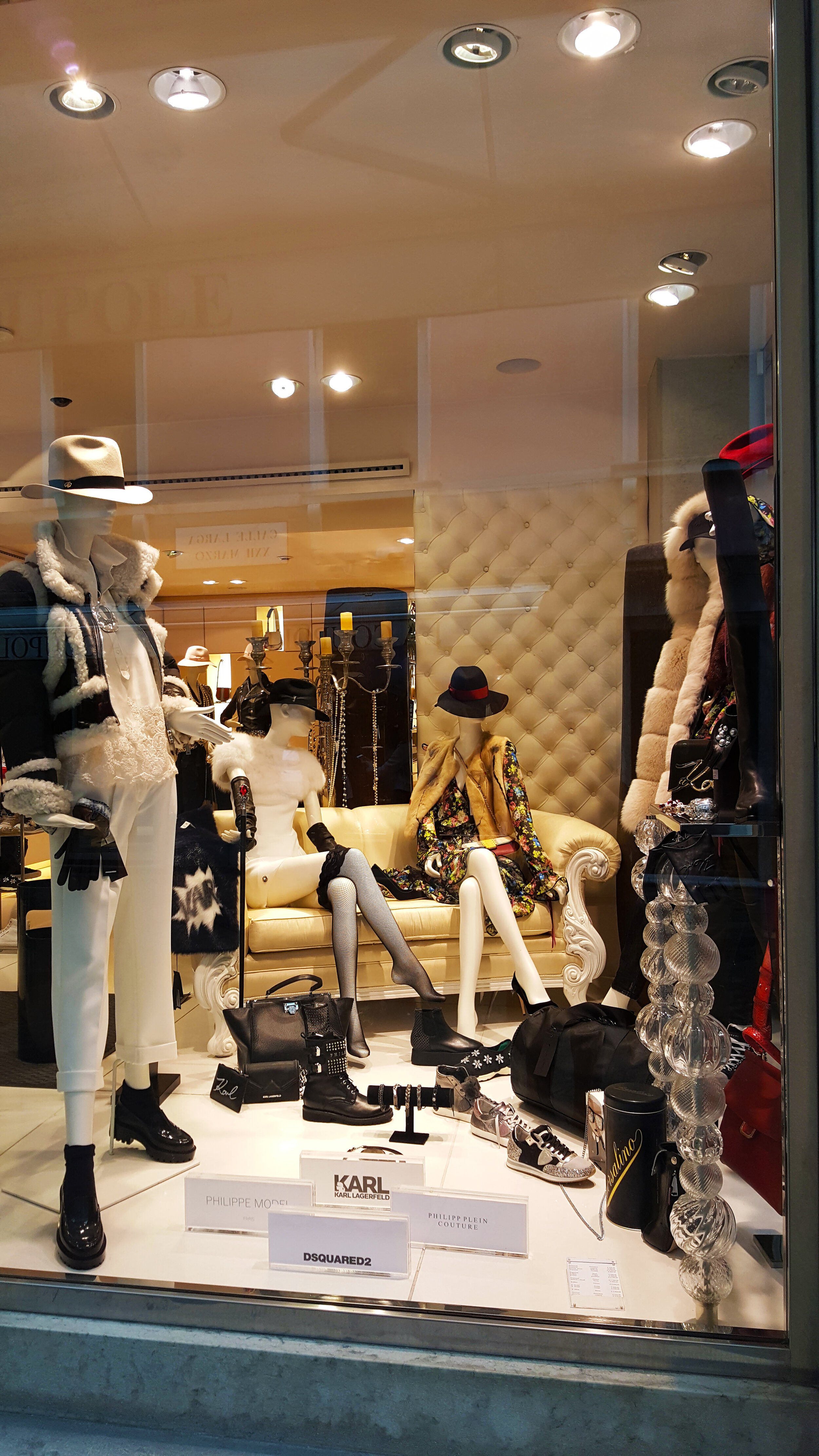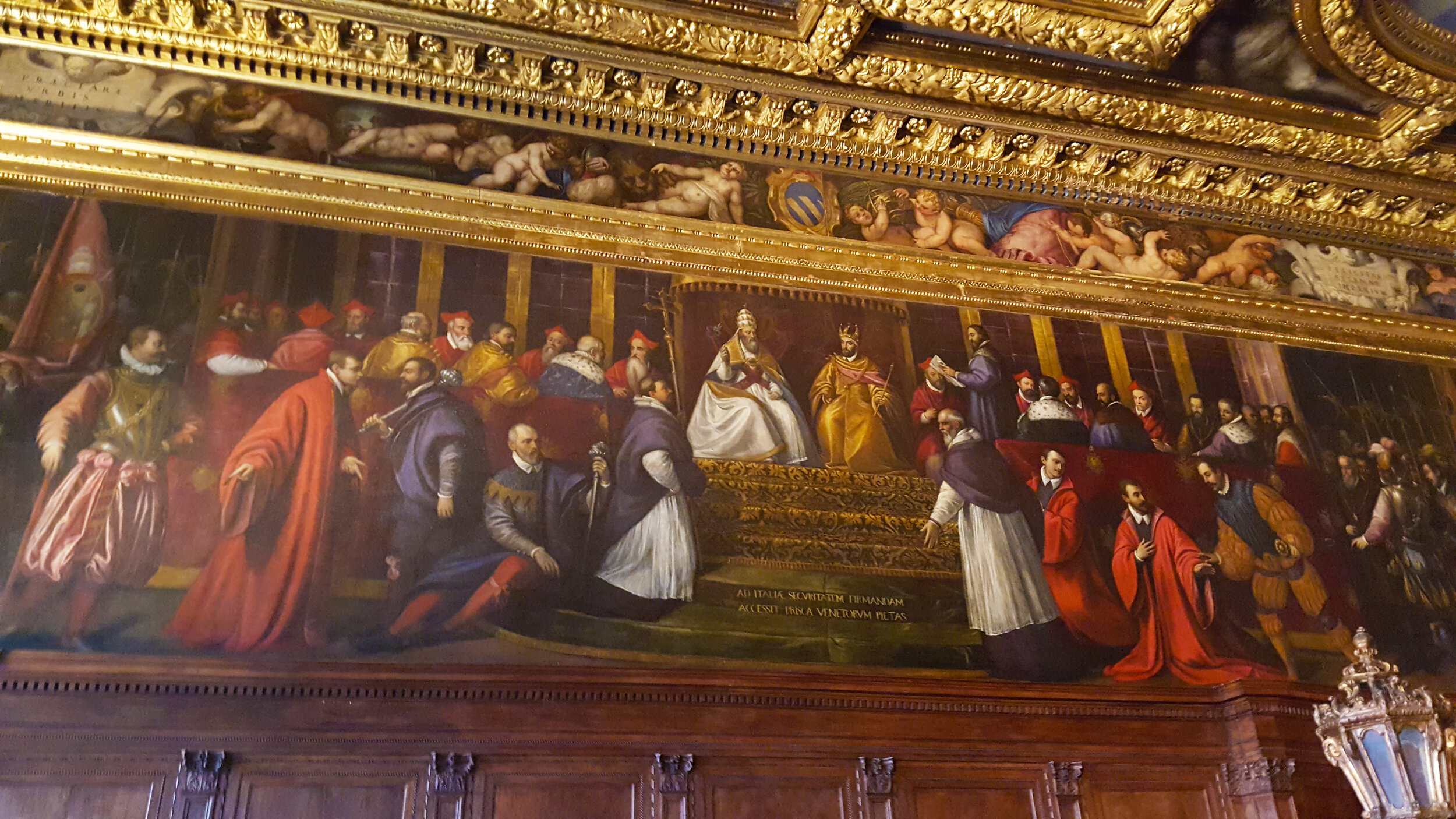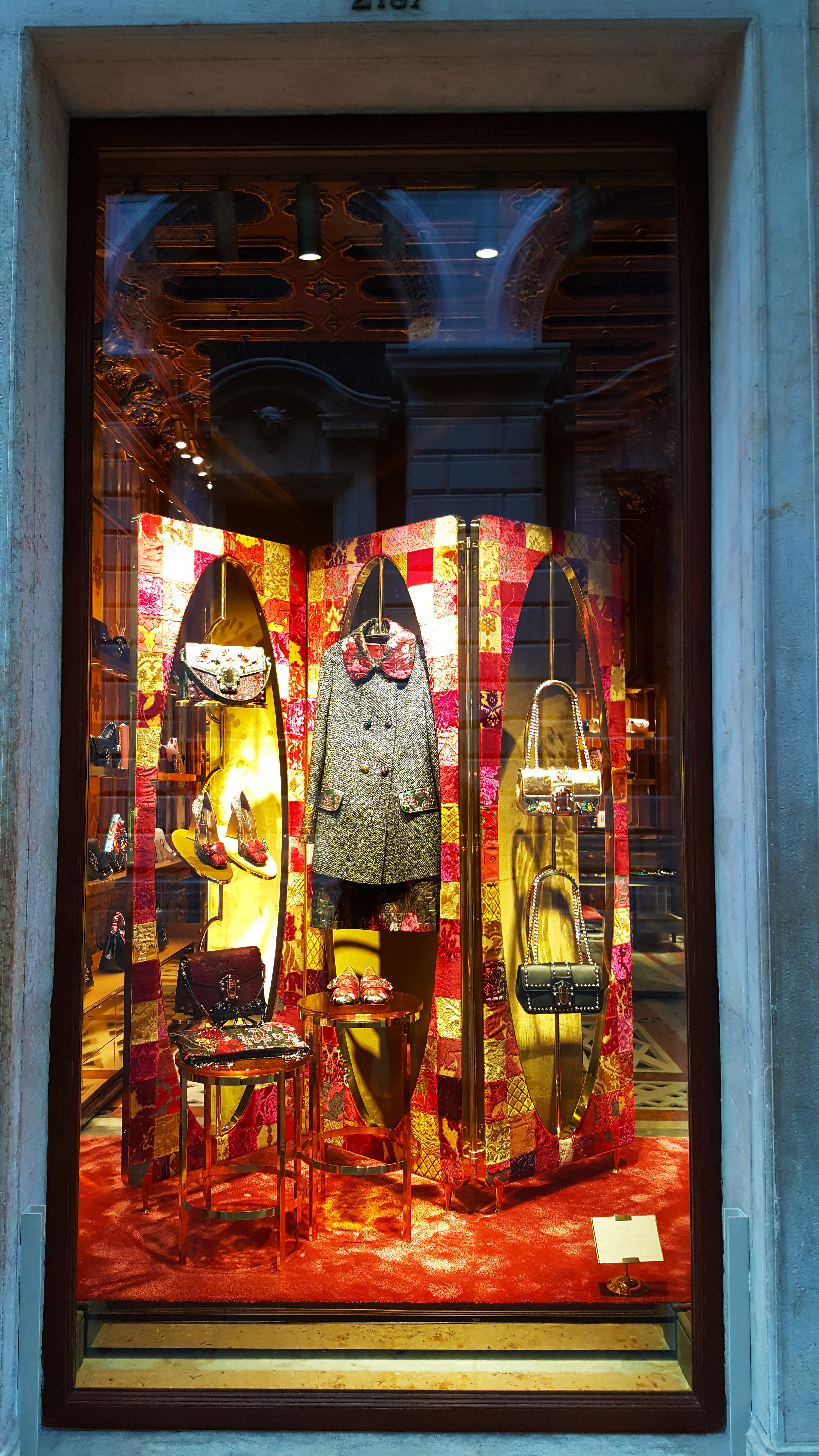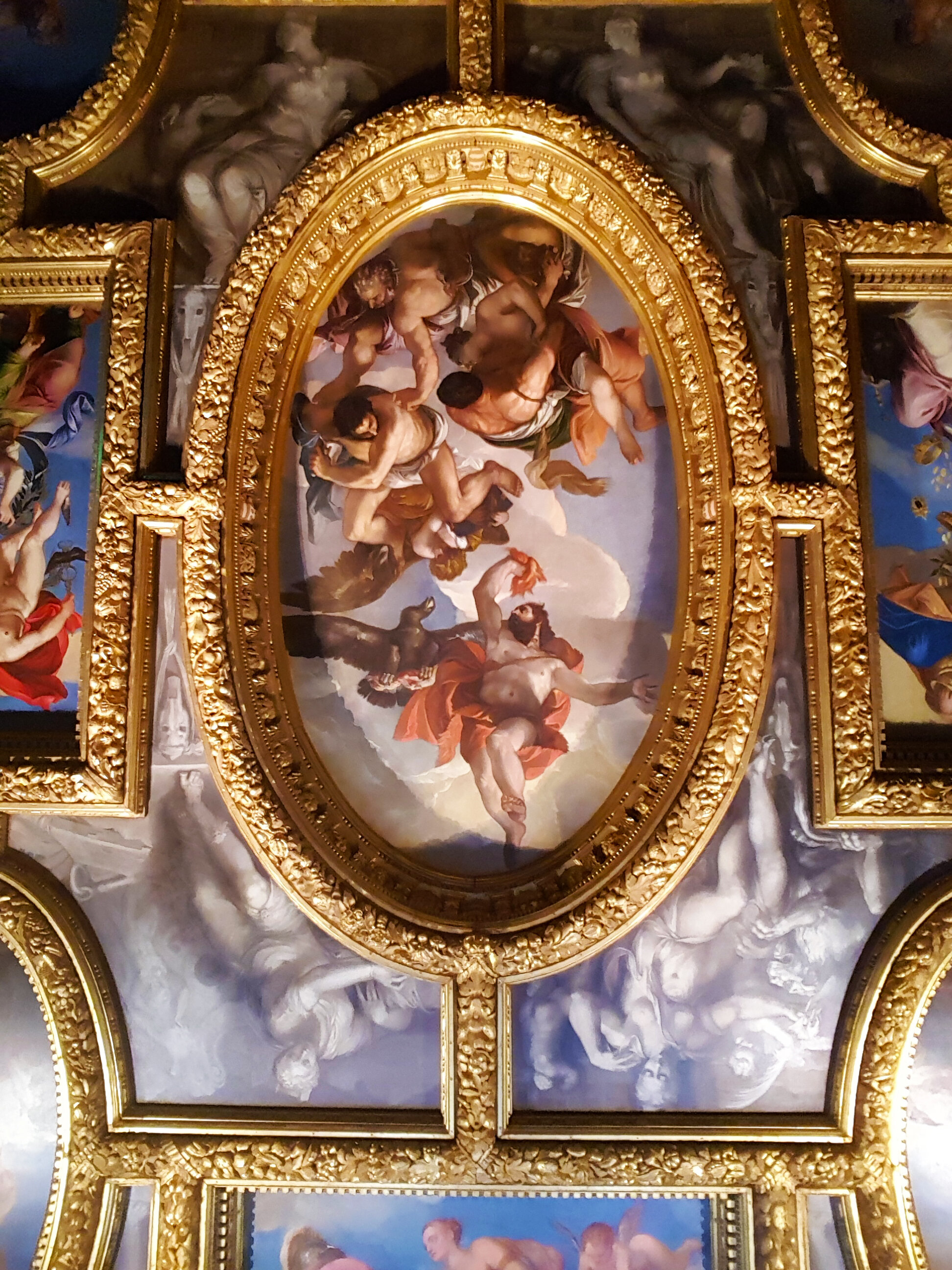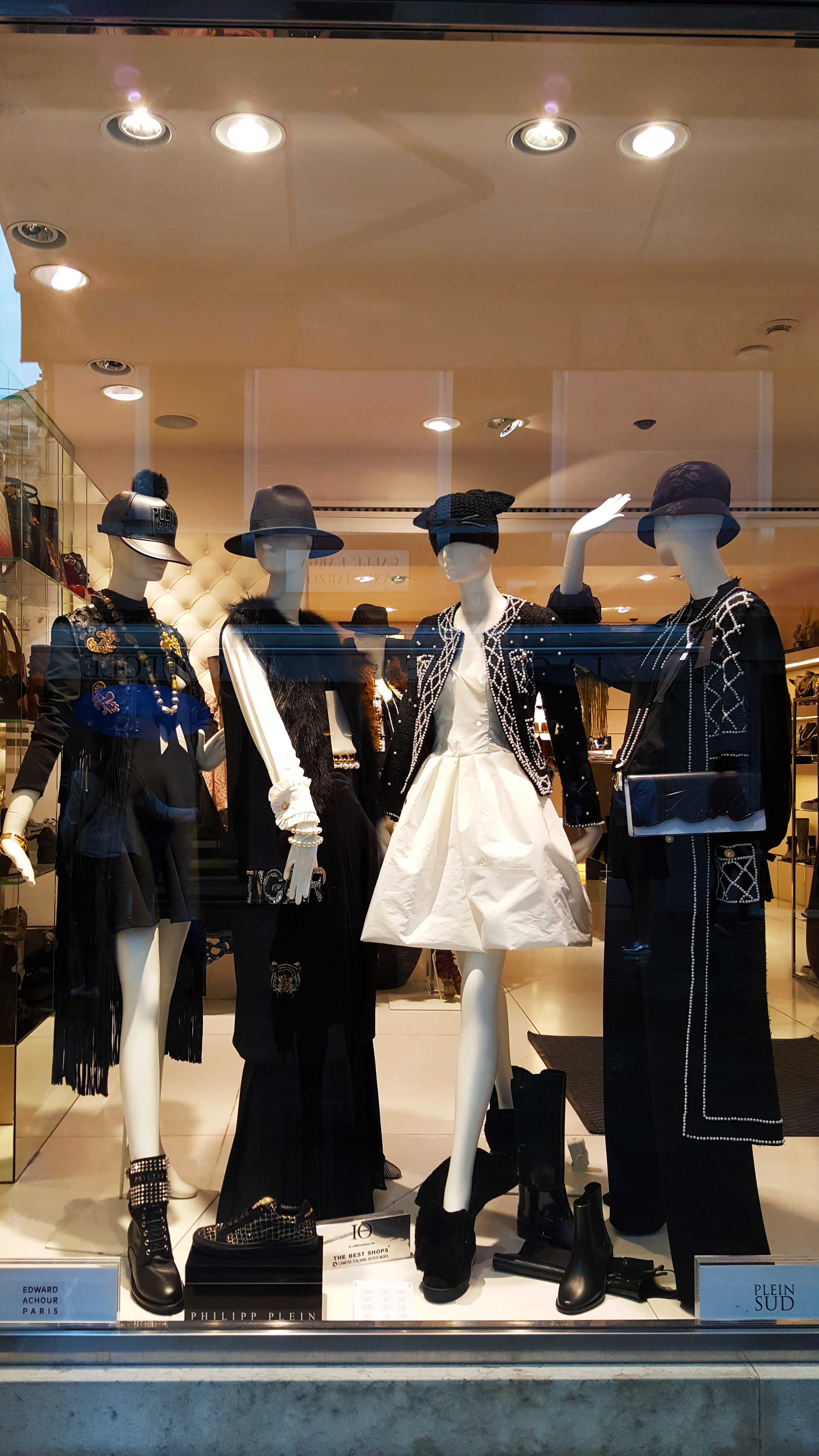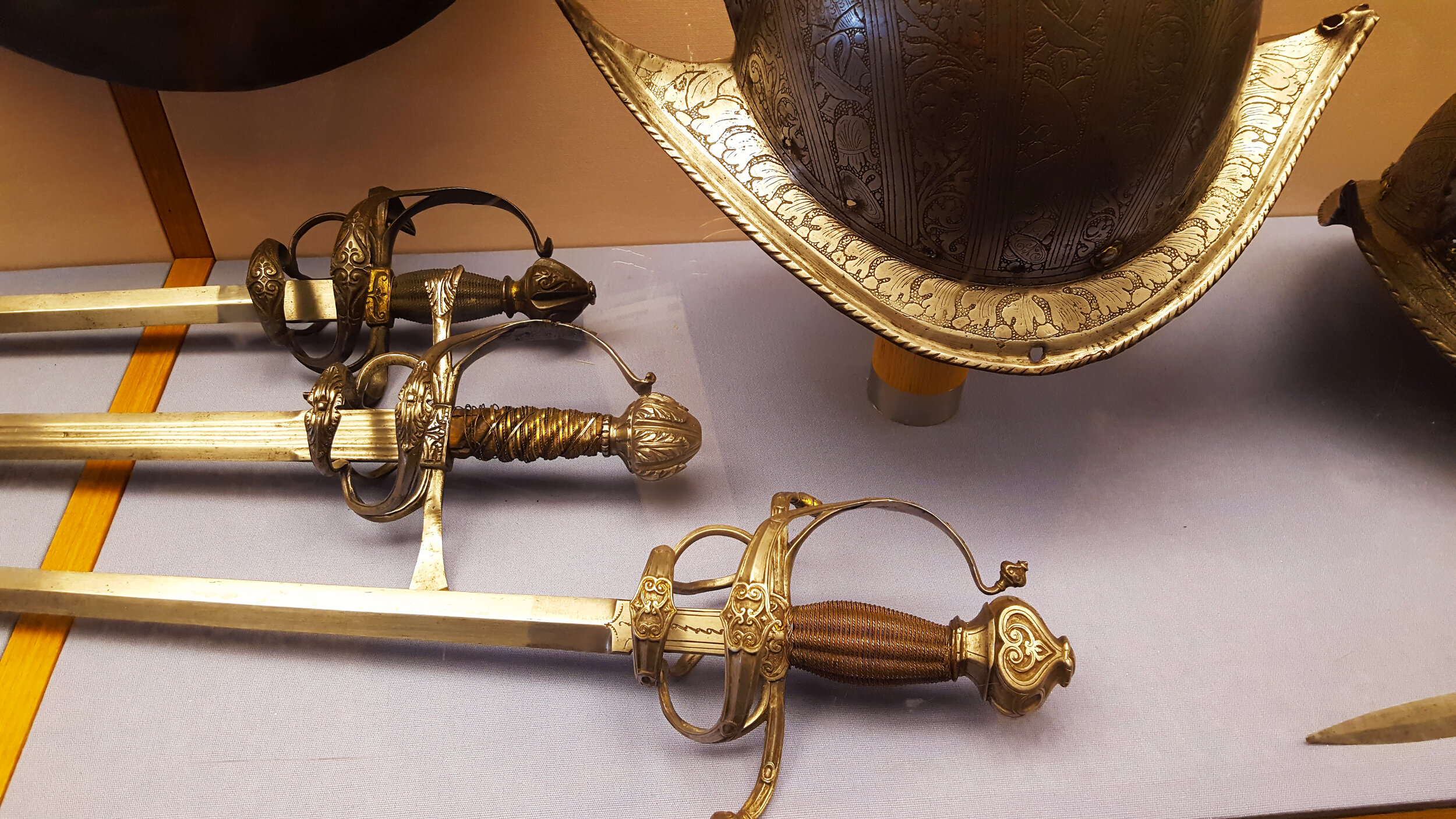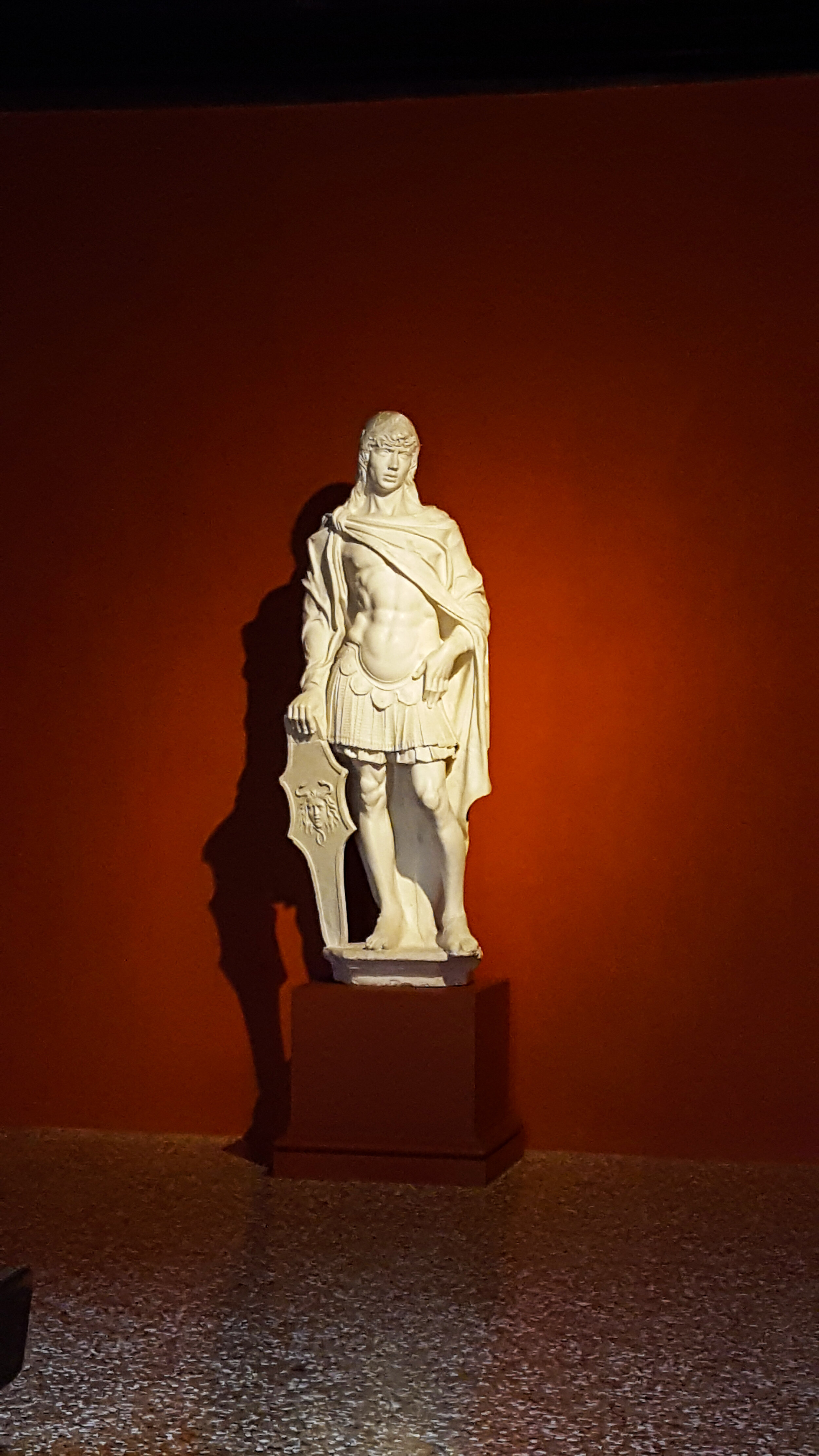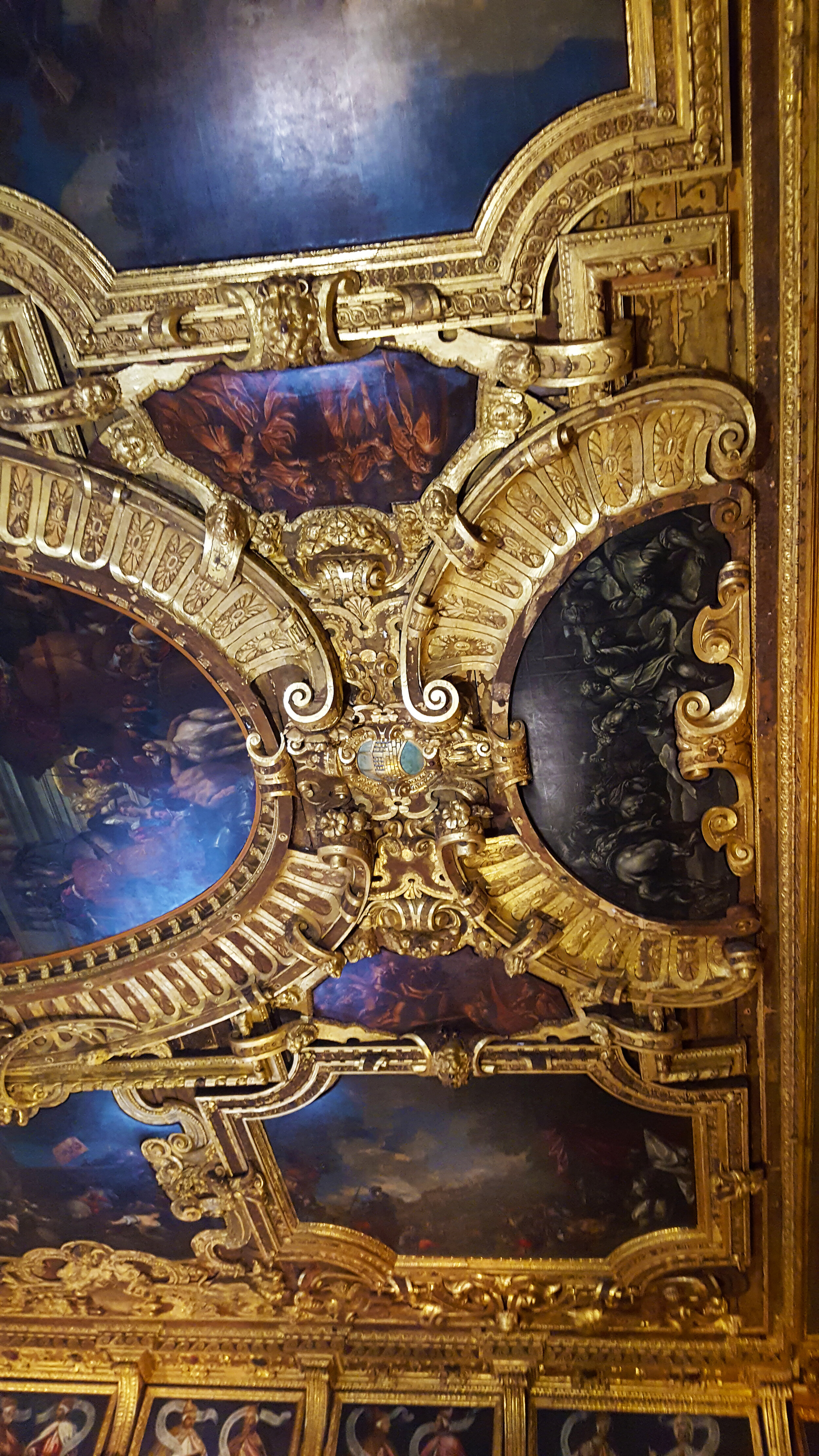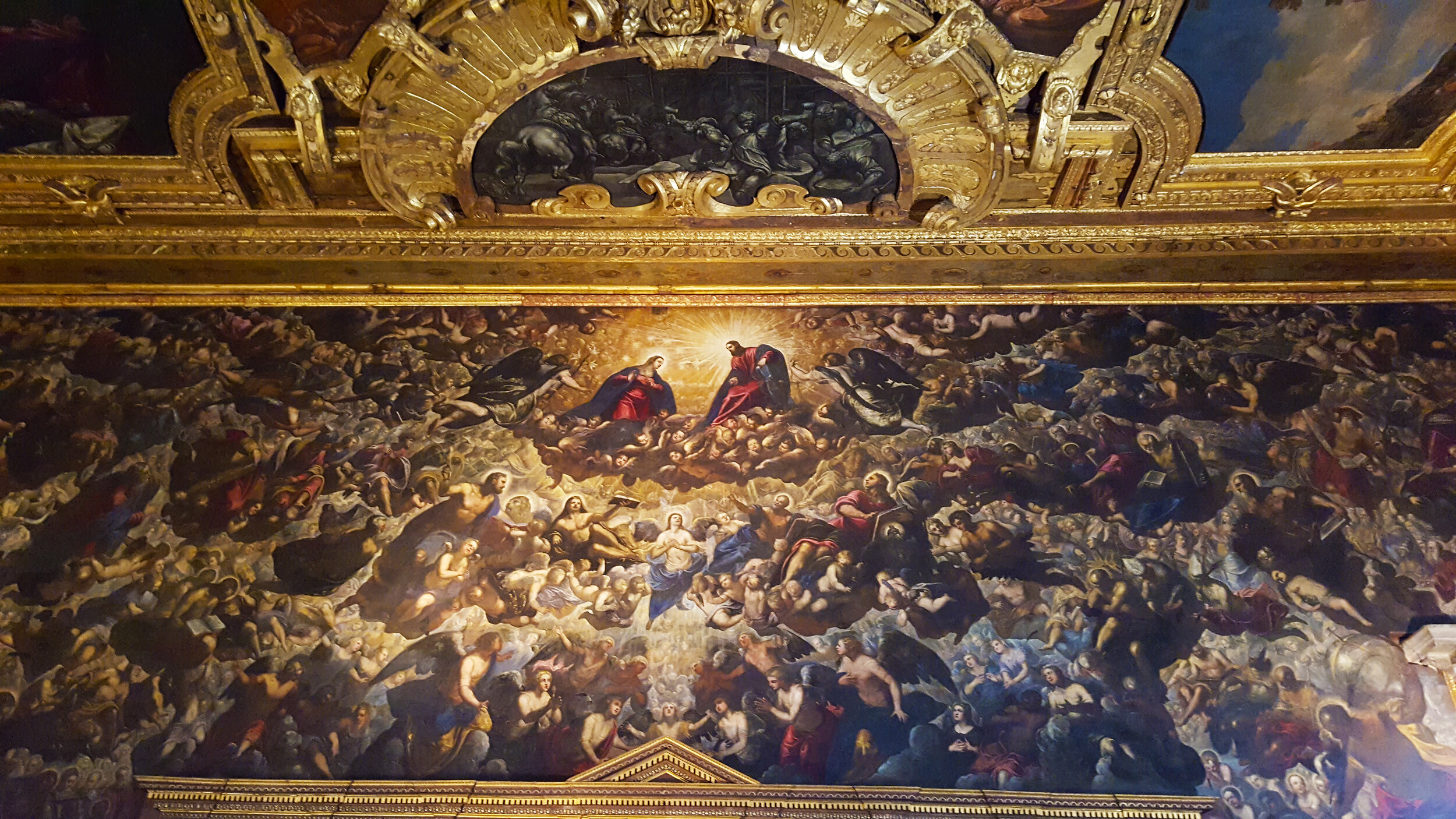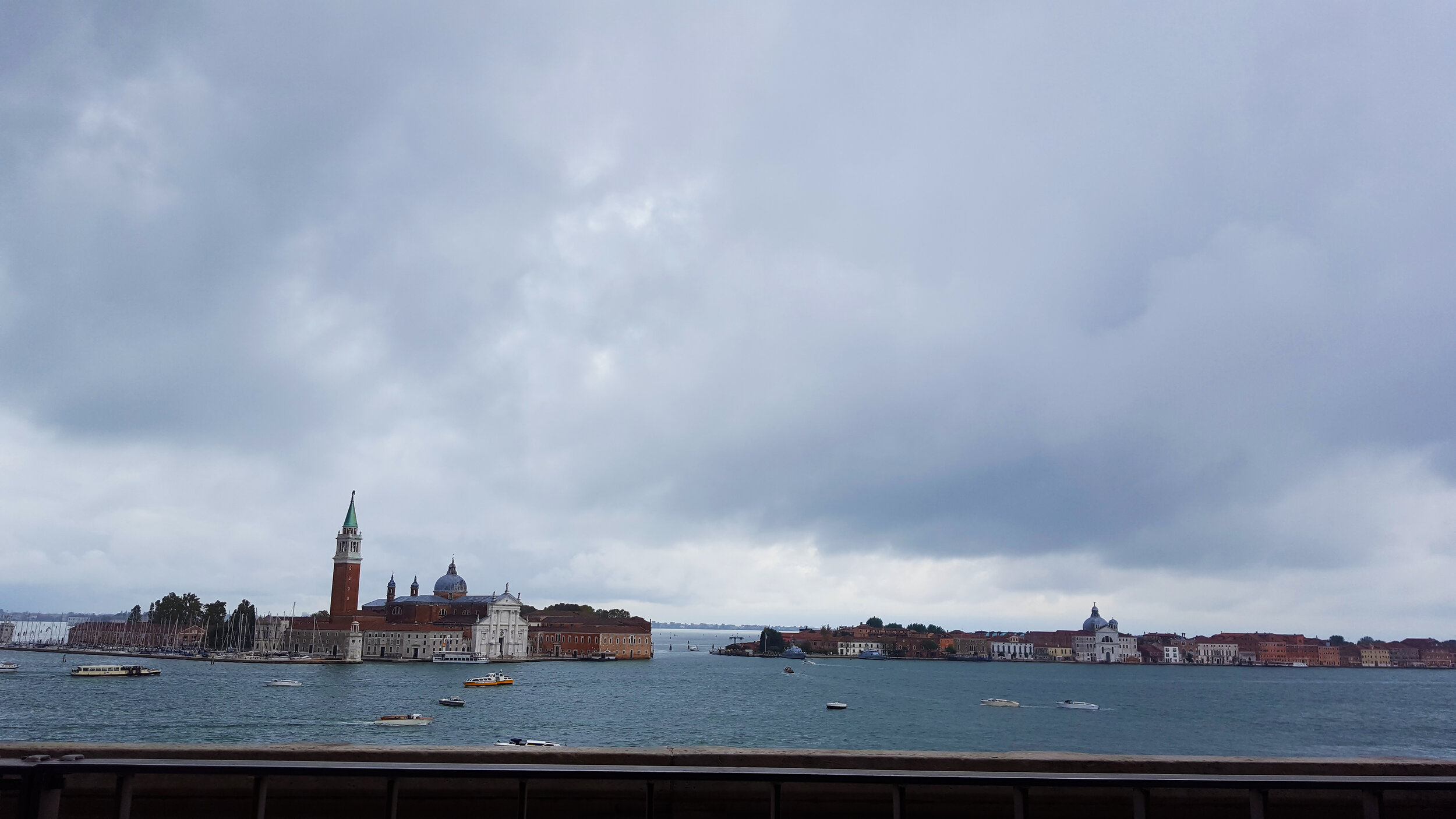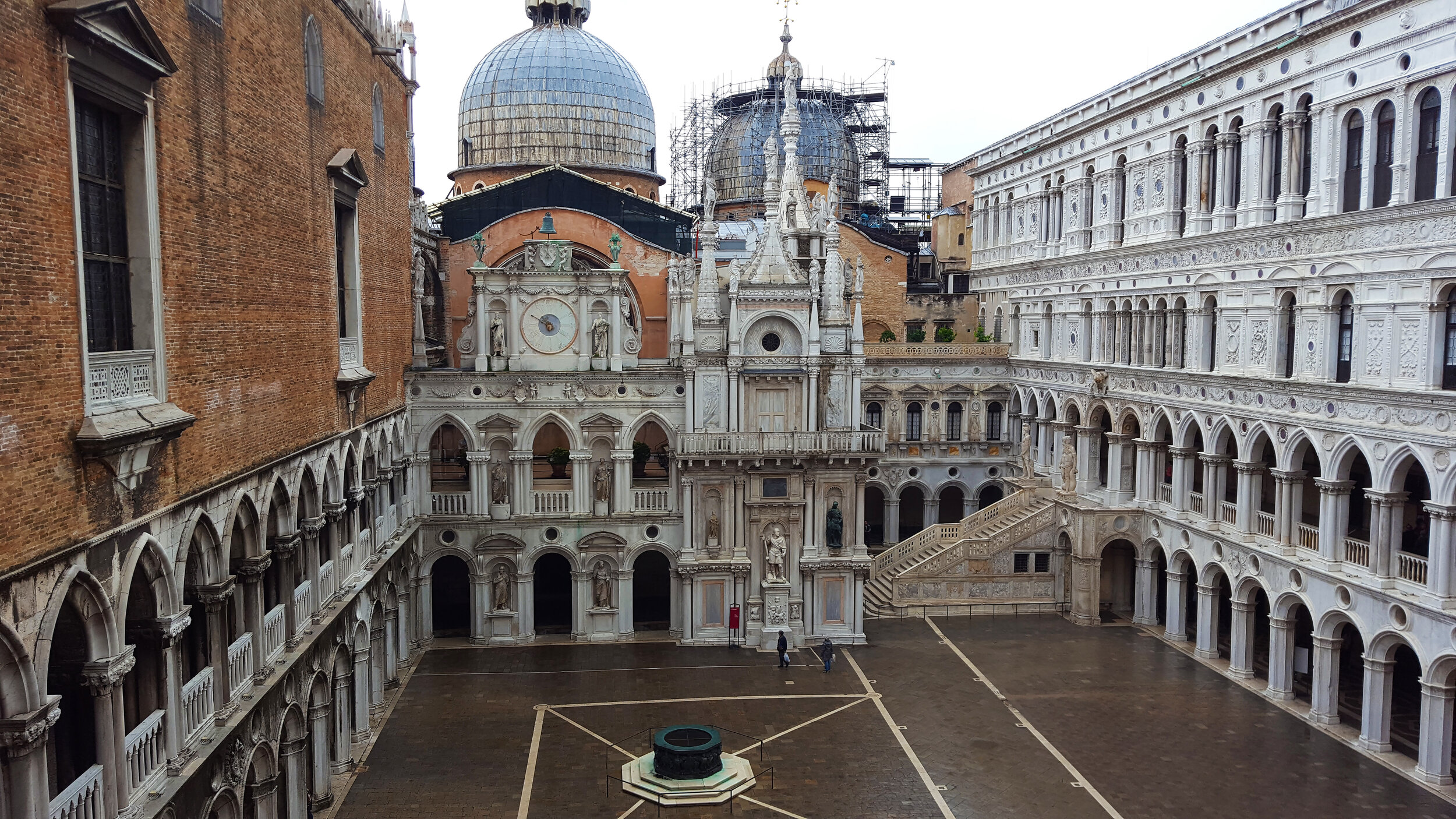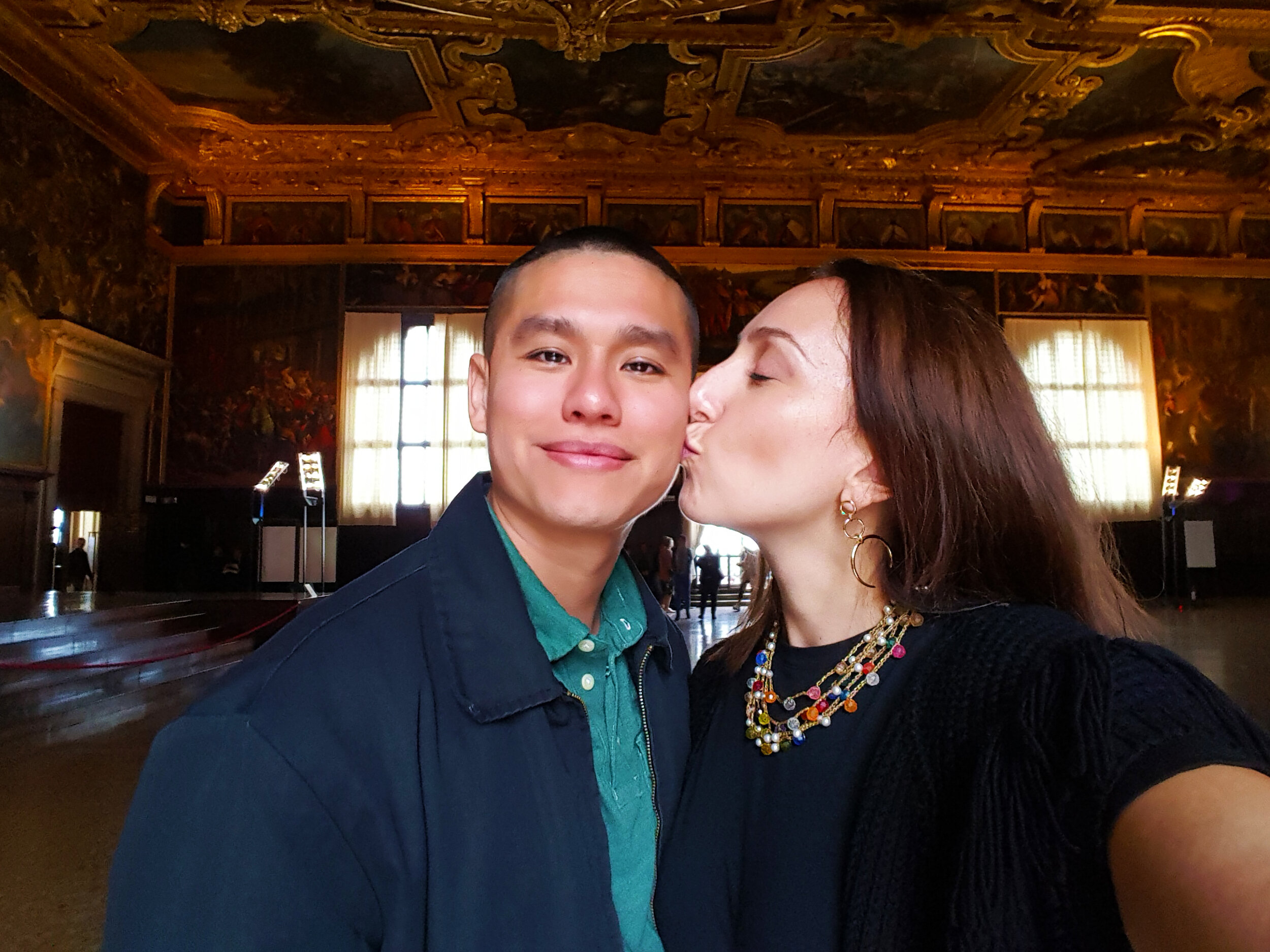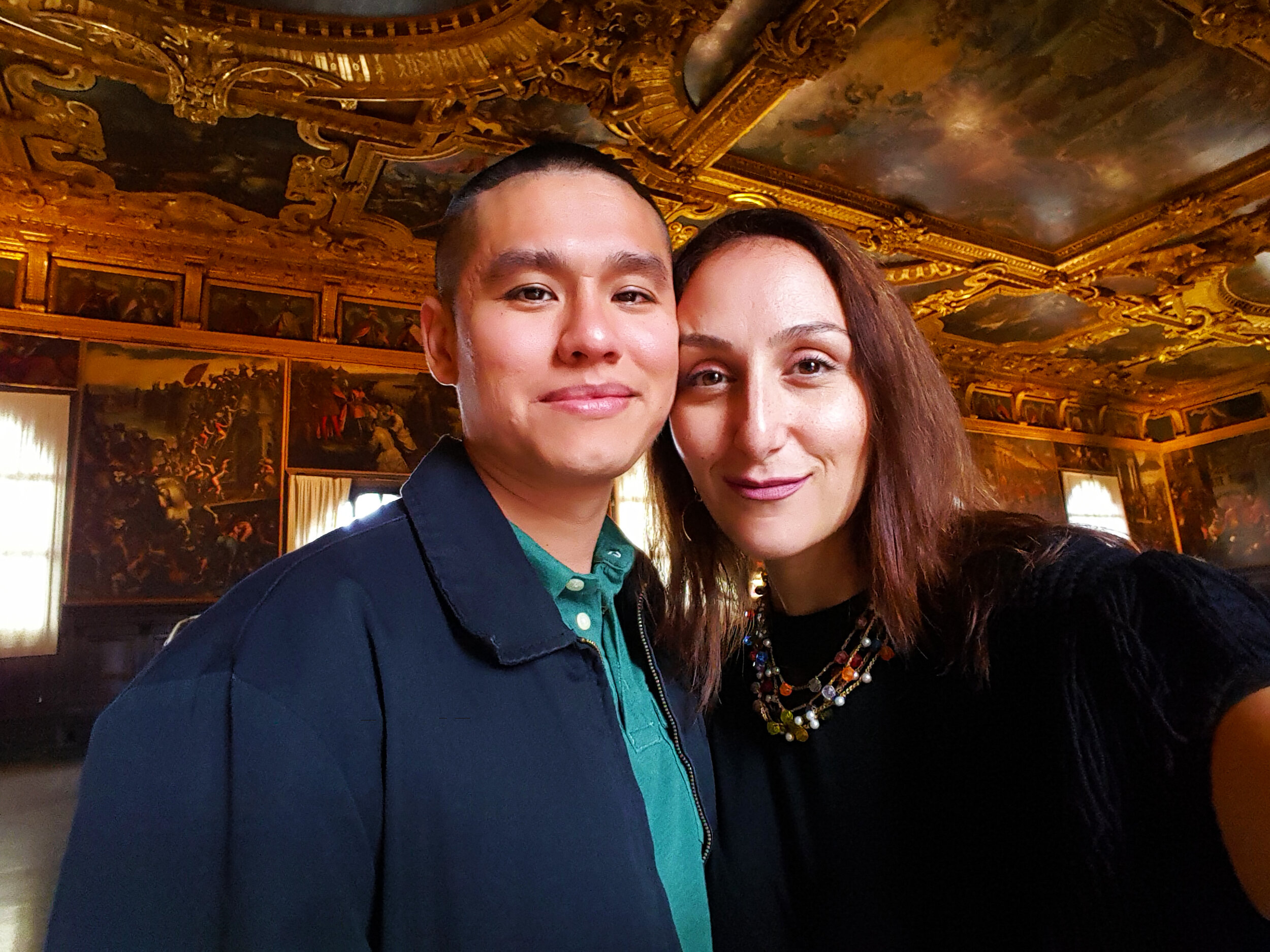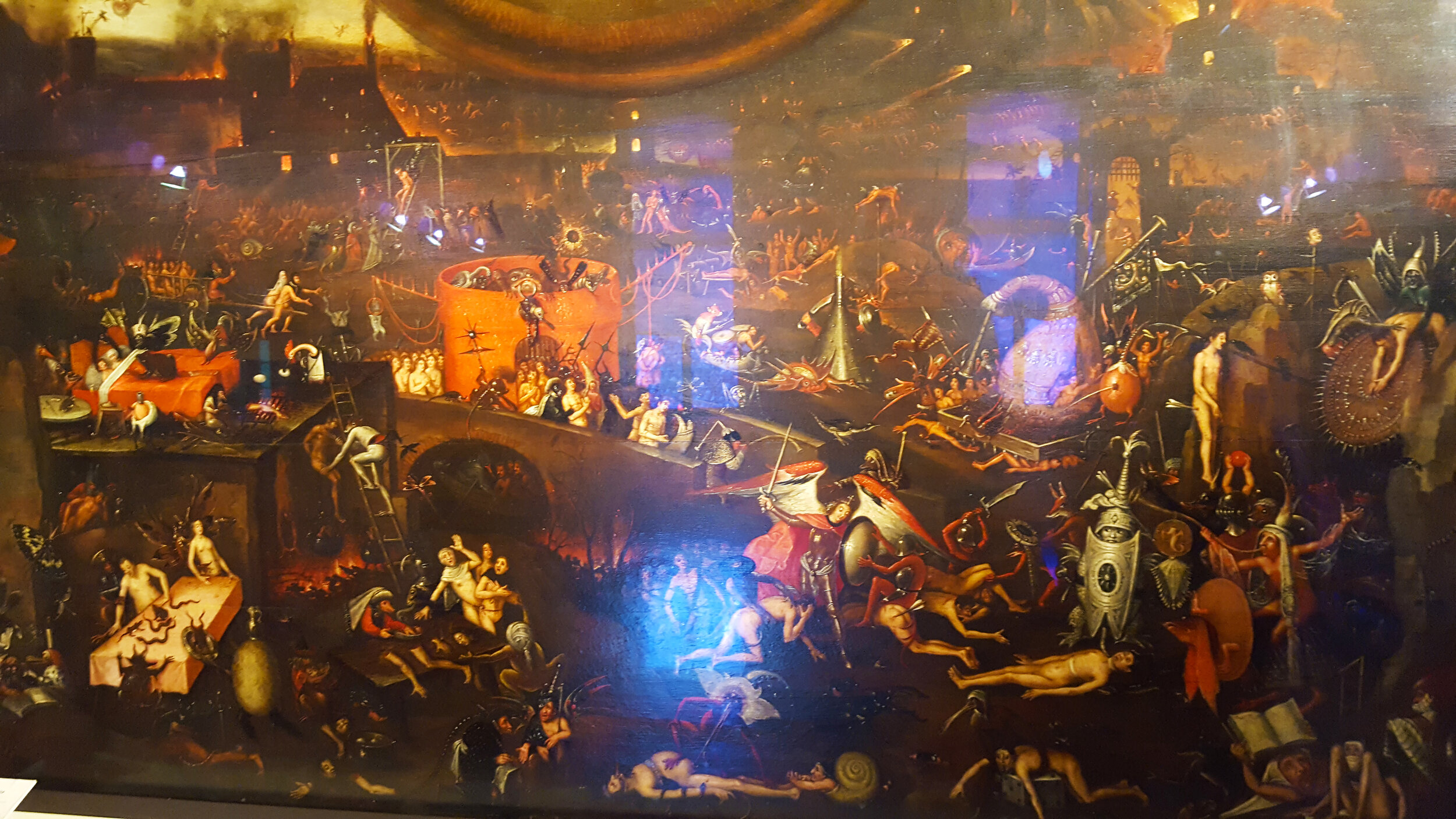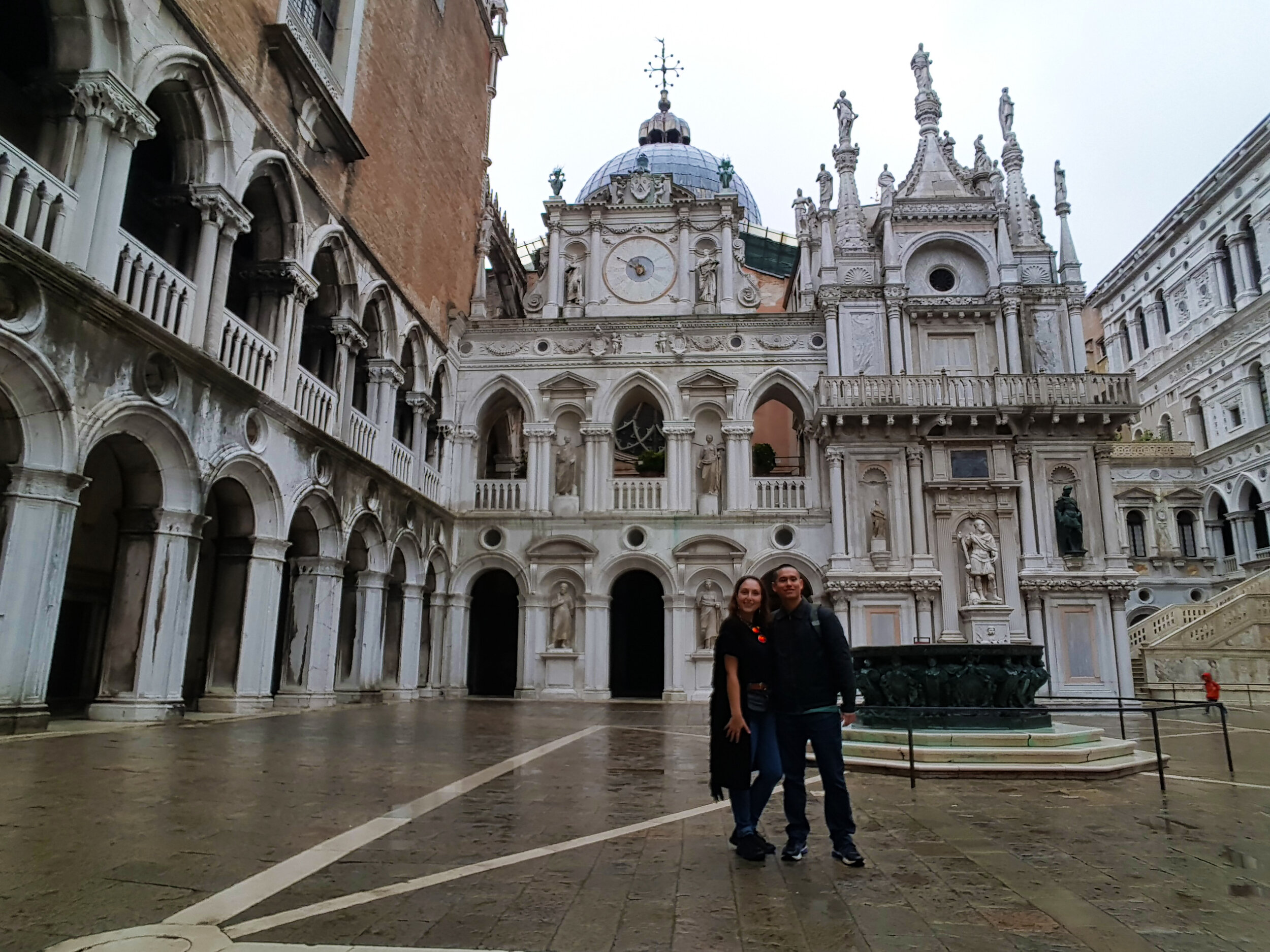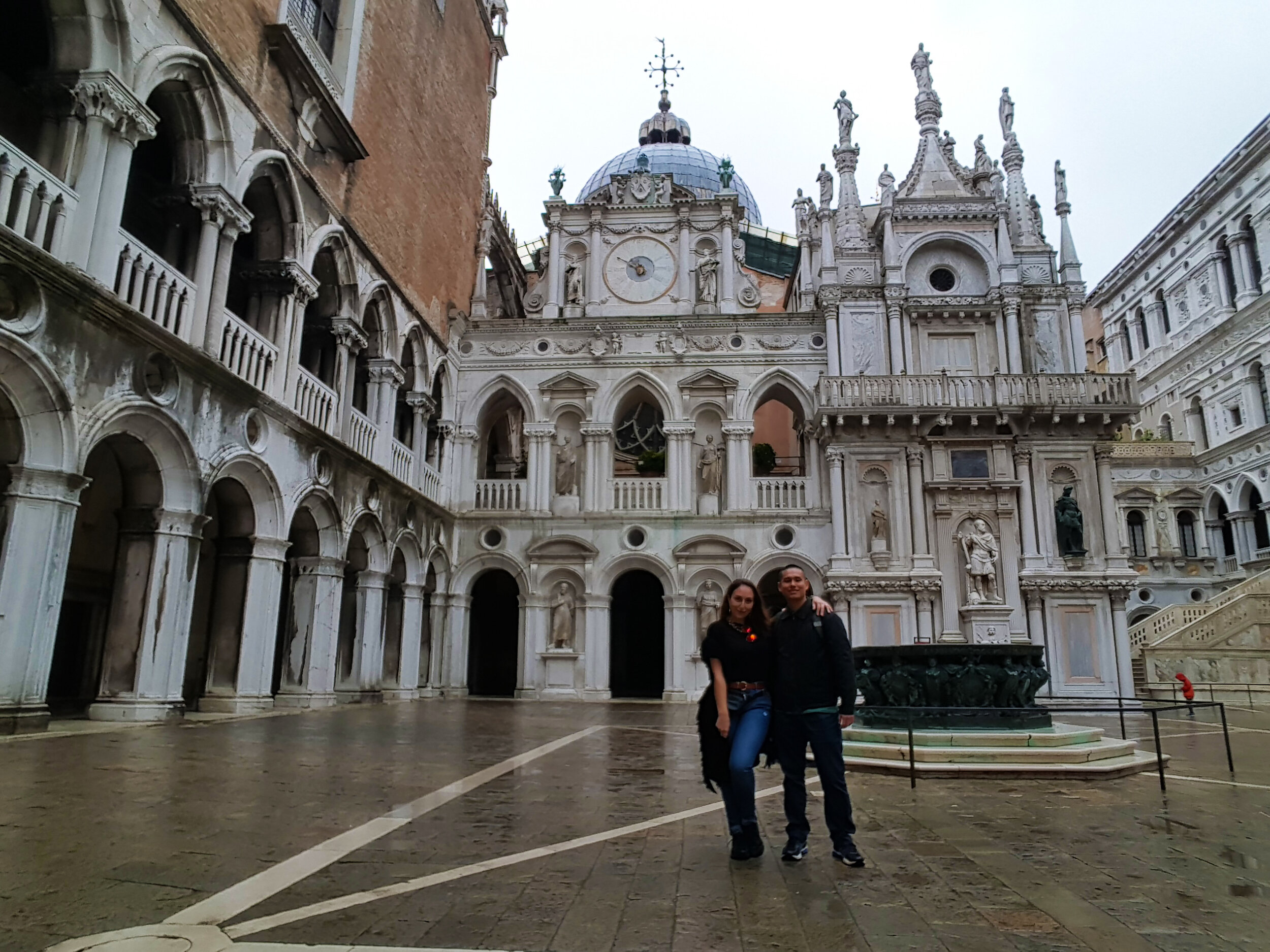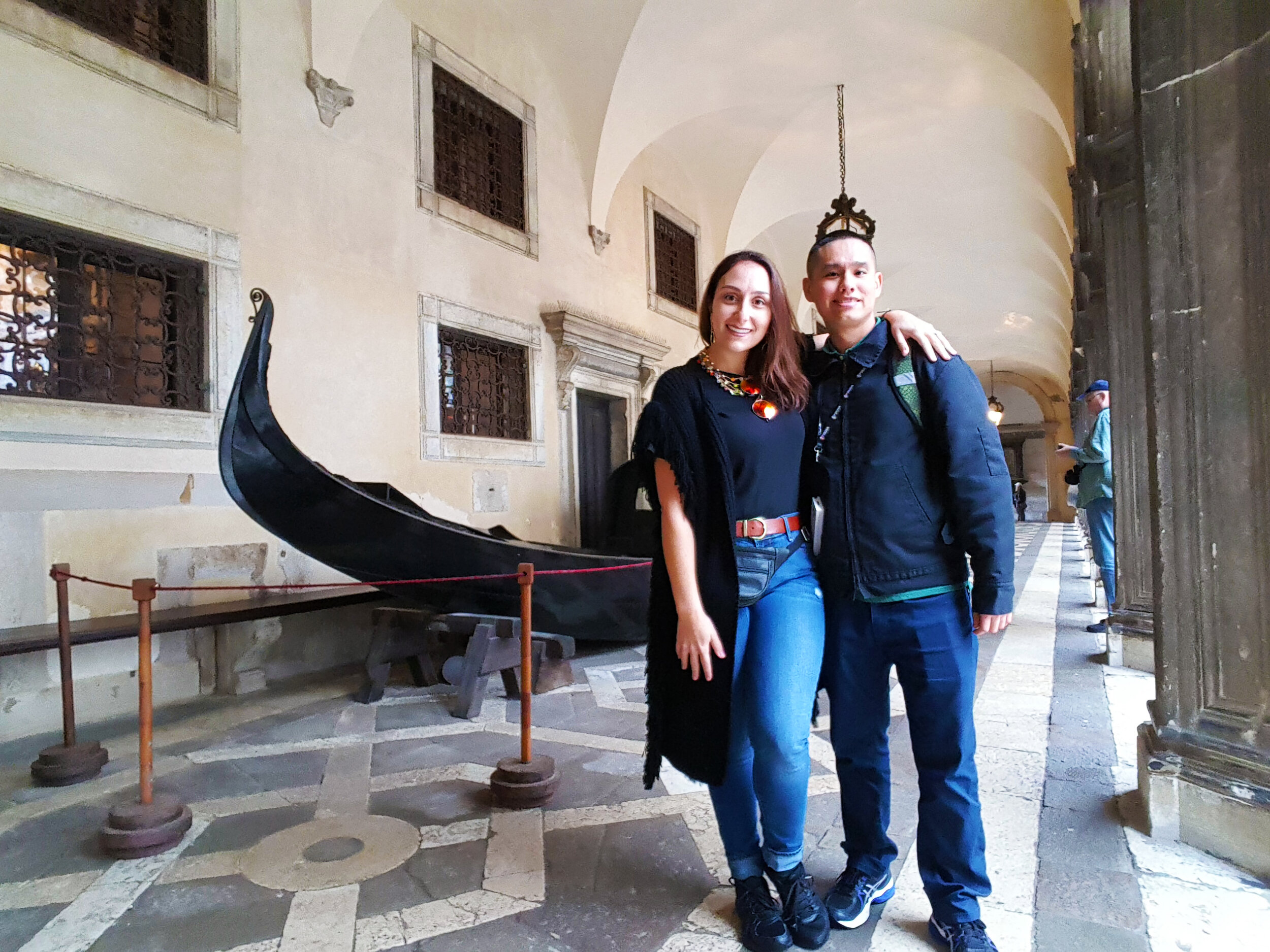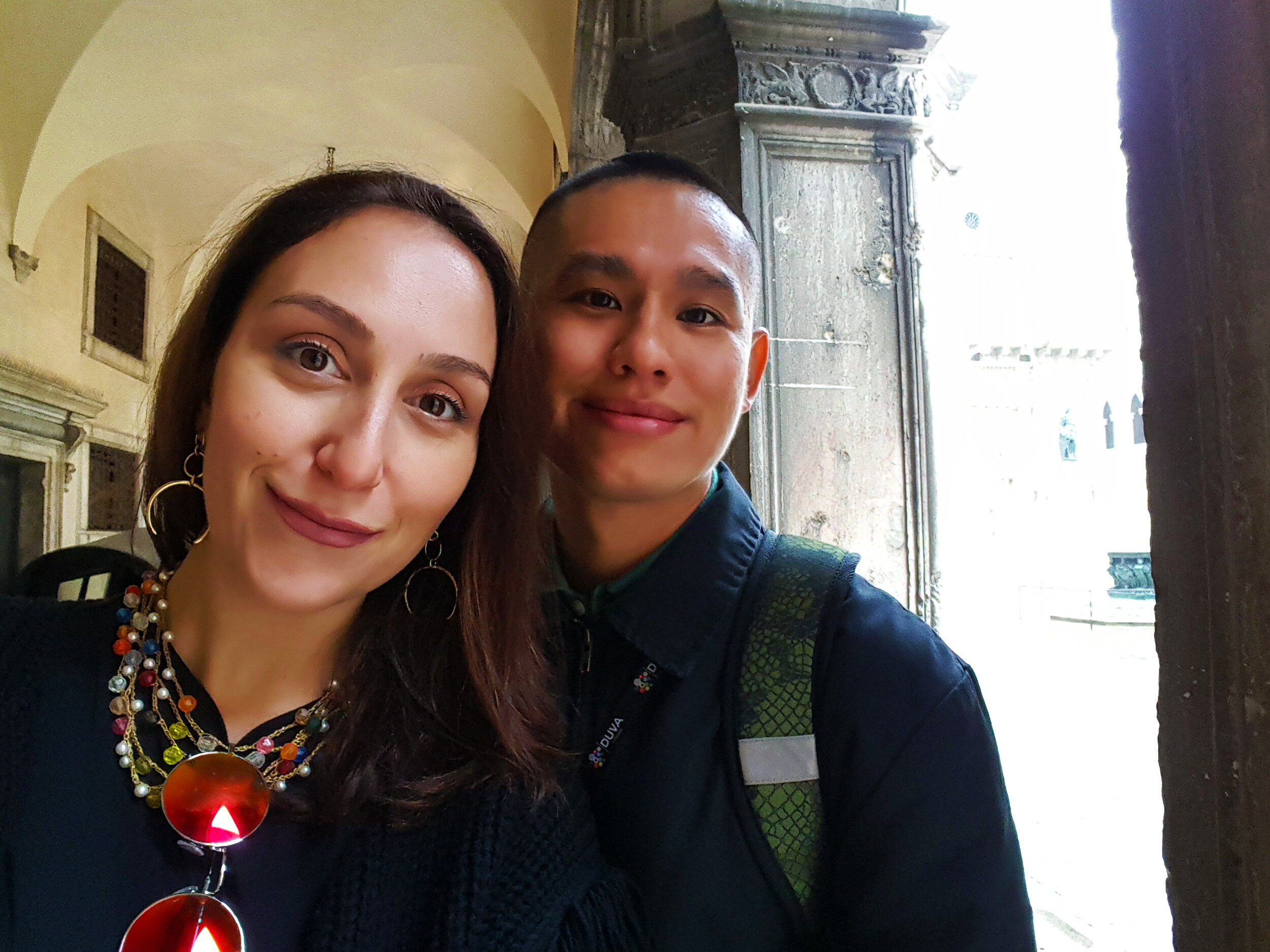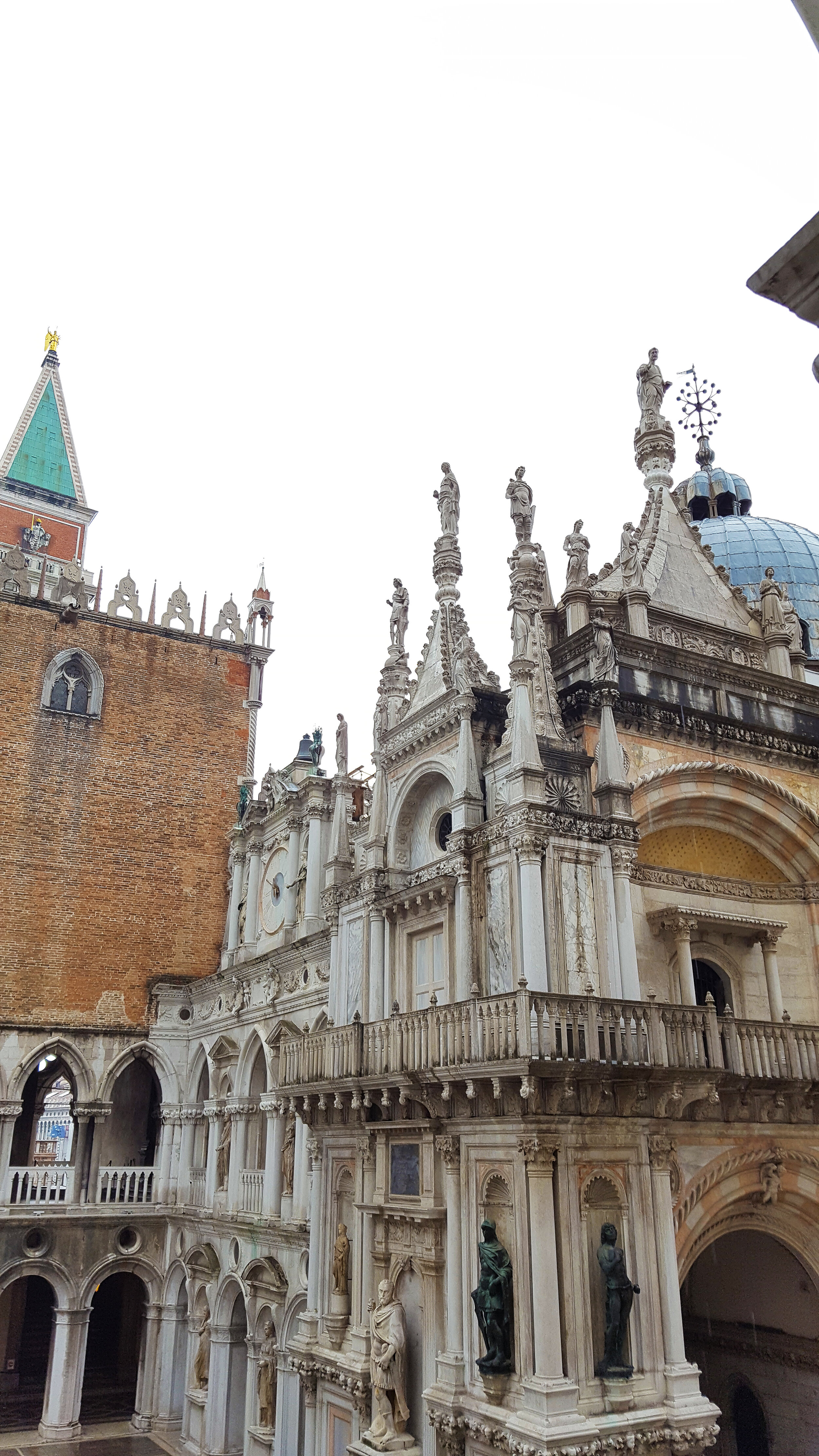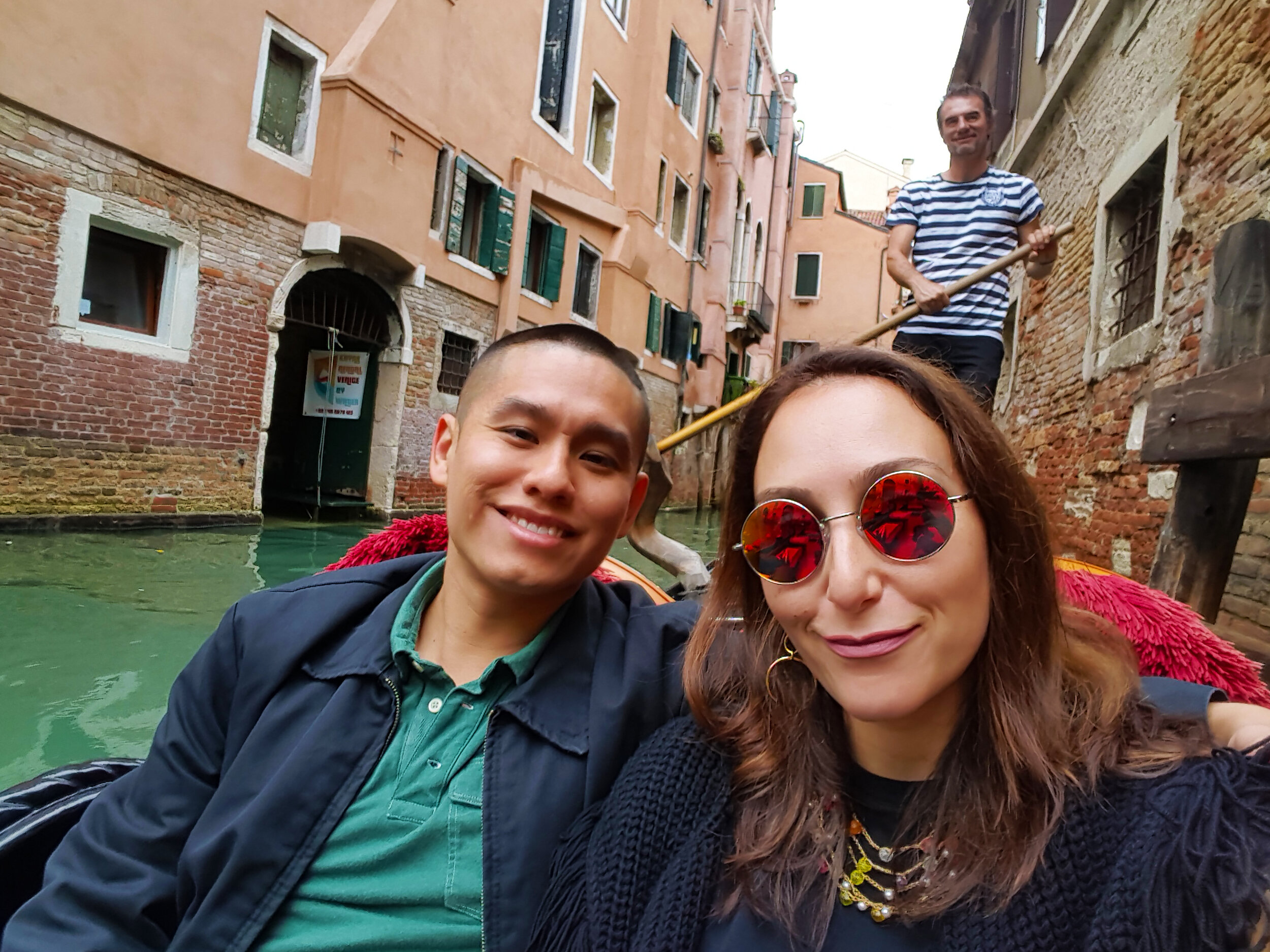The Island City of Venice
The island city of Venice has captured the imaginations of tourists for generations and is in fact one of the most visited places in the world. Images of gondolas rowing down the Grand Canal, former mansions, iconic bridges and interesting statues conjure memories of a glorious and storied past. Rightfully so, the entire city and its lagoon are designated as a UNESCO World Heritage Site.
Places of Interest/Things to do
Gondola Ride - Even though it’s a tired cliché, the ideas of Venice and gondolas are inseparable, so this is a must do since it so perfectly symbolizes the Venetian tourist experience. This is an excellent way to navigate the little alleys and old neighborhoods, exploring parts of Venice that can only be seen from the water.
Piazza San Marco - Piazza San Marco (also known as St. Mark’s Square) is the famous plaza on the south end of the island that is filled with elegant shopping and dining as well as grand views of the lagoon and impressive columns. It’s the kind of place where you can easily spend a half-day just browsing and people watching while eating a dessert and drinking an espresso.
Basilica di San Marco - Located in Piazza San Marco, this basilica (also known as St. Mark’s Basilica) is among the grandest and most ostentatious churches in the world. Dating back to the 9th century CE, this basilica features mythical elements such as the famed four horses of St. Mark, a golden winged lion and angelic figures. Inside, you will notice the immaculate marble flooring and mosaics along with the treasury that contains some of the most beautiful collections that were looted from Constantinople in the 13th century CE after the Venetian conquest.
Doge’s Palace - This palace once served as the residence of the Doge of Venice and was the administrative headquarters of the once mighty Venetian Empire. As one of the longest running and wealthiest empires in its 1,000 year history, Doge’s Palace certainly represents the opulence of Venice. As we walked throughout the palace, every room seemed more impressive than the last one, with their ceiling frescoes decorated with gold stucco and marble flooring. It only costs 25 Euros ($30 USD) to enter plus an additional 5 Euros ($6 USD) if you want the audio guide (which we highly recommend).
Rialto Bridge - This is the oldest bridge in the city and its beauty makes it a famous international symbol of Venetian luxury. There is even a well known investment banking firm which takes its name and logo from this bridge. As such, when you are walking along the famous bridge, you will notice luxury merchants selling jewelry, linens, glasswork and other items for tourists. The view from the bridge is also quite stunning and it is a large enough bridge so as to be able to accommodate more pedestrians versus most other bridges in the city.
Basilica di Santa Maria Della Salute - This Roman Catholic church was built by the Venetians as a token of gratitude after the city survived a plague in 1630. Today, it stands right across the water from Piazza San Marco and is part of the iconic lagoon.
Murano & Burano - The nearby islands of Murano and Burano are famous for glass making, lacework and picturesque, bright colored homes. You can easily reach these islands by taking one of the ubiquitous vaporettos for a day of exploring and shopping.
Shopping - The shopping experience will be awesome, especially if you have a budget to accommodate luxury purchases. The ubiquity of elegant stores in the city is mind blowing and you will be immersed in quite an experience. For example, when shopping in Piazza San Marco, do not be surprised if you find yourself walking past live violinists and classical musicians playing for the shoppers while they browse.
What You Should Know
Hotels & Food Costs - Generally, if you choose to stay on the island, you will pay the highest rates for hotels and food. As such, if you have a limited budget then you are encouraged to stay on the mainland in Mestre, which is just a 10 minute bus or train ride away. In our case, we stayed a little bit further away in a nearby town on the mainland called Campalto, which was just a 12 minute bus ride away from the island and was way more authentic because there were virtually no tourists in that town (early fall season). We also ate some amazing food for literally 1/4 of the price versus what it costs on the island at a local restaurant called Albachiara, which we highly recommend.
Transportation - The main way to get around Venice is via water taxi, also known as a Vaporetto. You can buy any combination of passes (single fare, 24 hour passes, 7 day passes, etc.) at any one of the many vaporetto stops or on the app AVM Venezia Official App.
Tourist Crowds - Since Venice is a world renowned destination, there is never really a low season for visiting. Between cruise ships, school trips, study abroad students, retiree travelers and other factors, you should expect the city to be busy and in many cases you will have to stand in lines in order to enter the famous sites. In either case, we would say that early fall season is best for visiting as the peak season crowds are gone, the weather is pleasant and it is right before winter and rainy season.
Gondola Rides - As per government regulations, the prices are fixed, so there is no use in haggling. Also, keep in mind that you are paying for use of the entire gondola so you can cut your costs if you’re in a larger party (maximum of 6 passengers).
No Swimming Allowed - By law, nobody is allowed to swim in the lagoon and you will get in trouble if you attempt to do so. If you want to go to a beach, then head to the Blue Moon beach on the nearby island of Lido di Venezia
Sinking City - The entire city is slowly sinking into the ocean and as a result, future generations may not have a chance to see this magnificent city. Traveling down the Grand Canal, you will notice many old houses where the staircases that were once used to unload goods are now flooded, rendering the ground floor uninhabitable. This is due to the fact that the city is built on inadequate foundations (muddy sediment) atop shifting plate tectonics. Rising sea levels are also working against Venice, so it’s important to visit while you can.
Flooding - Seasonal floods happen during the late fall and winter months called acqua alta and due to the sinking nature of the city, they’ve been increasingly getting worse in recent years. As such, it’s important to take this into consideration when planning your trip.
Day Trip Ideas
Our Family Album




